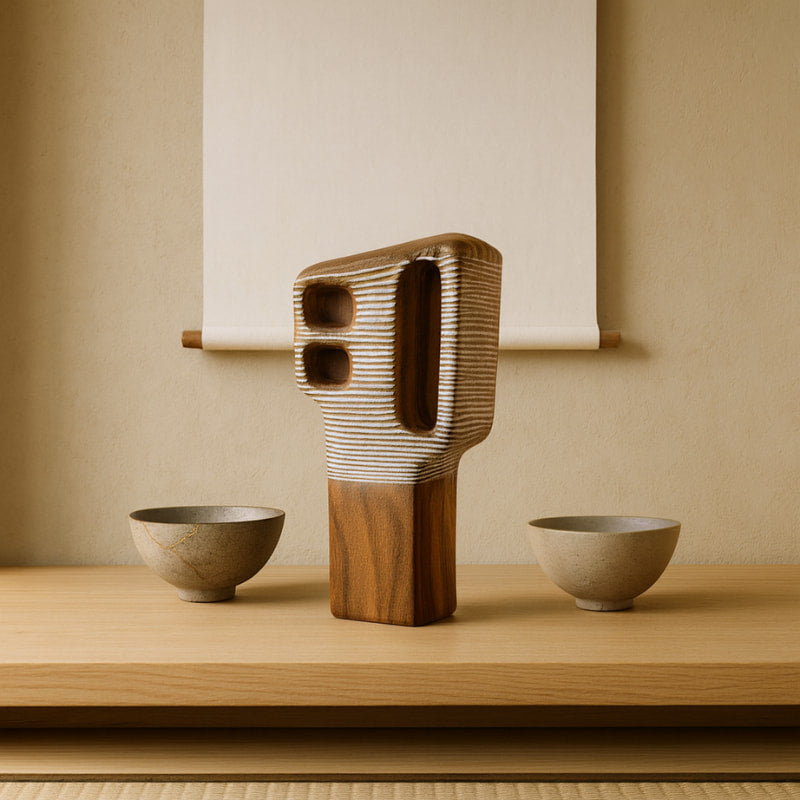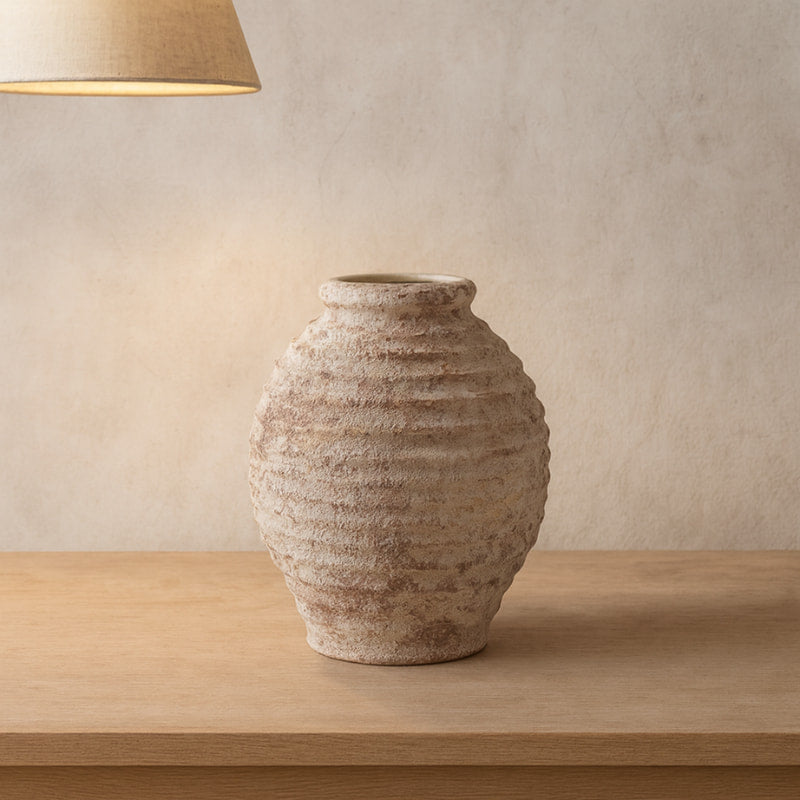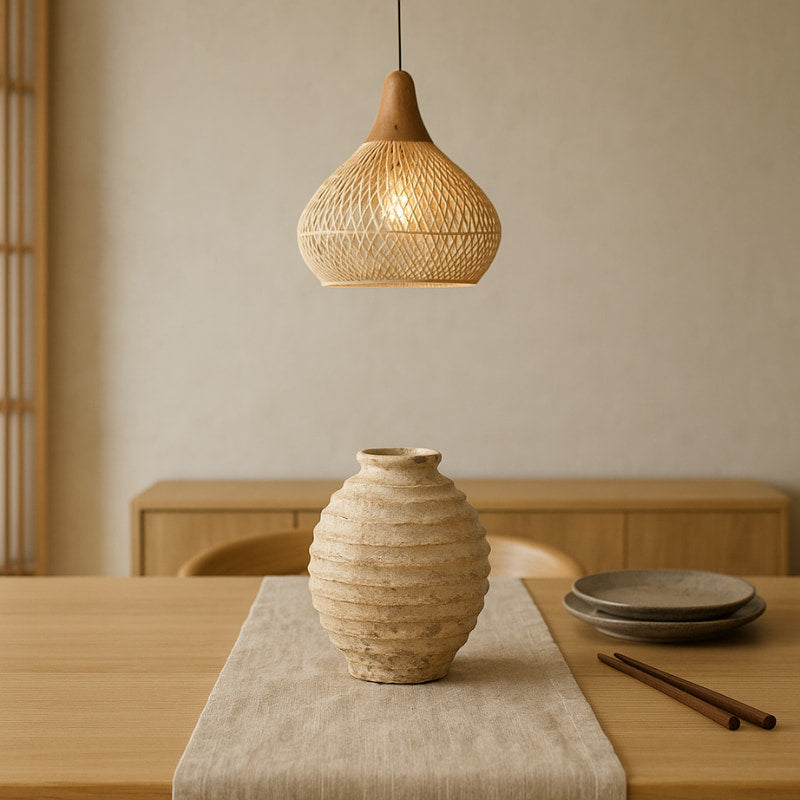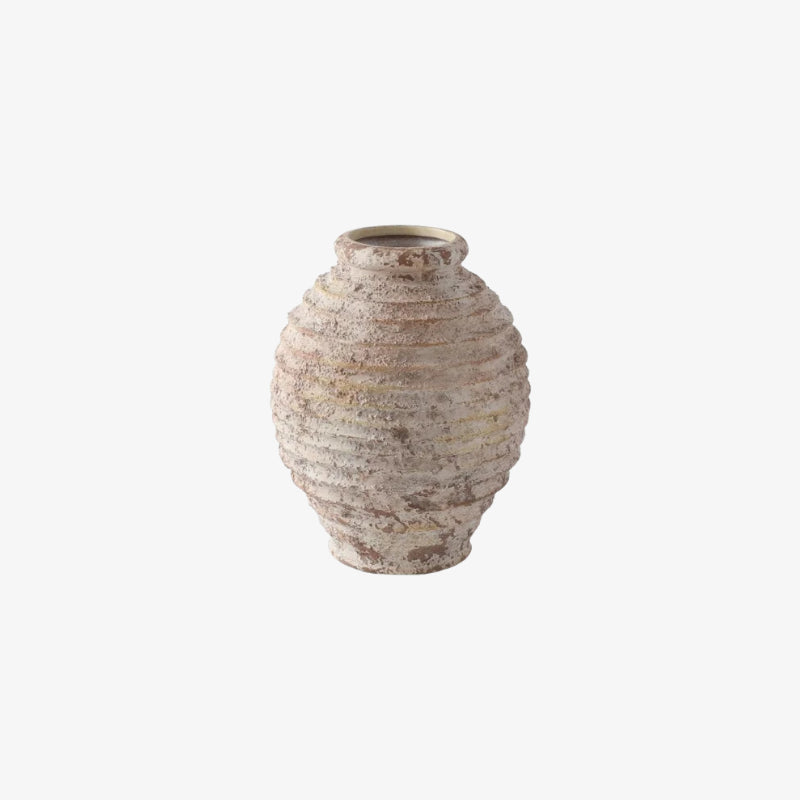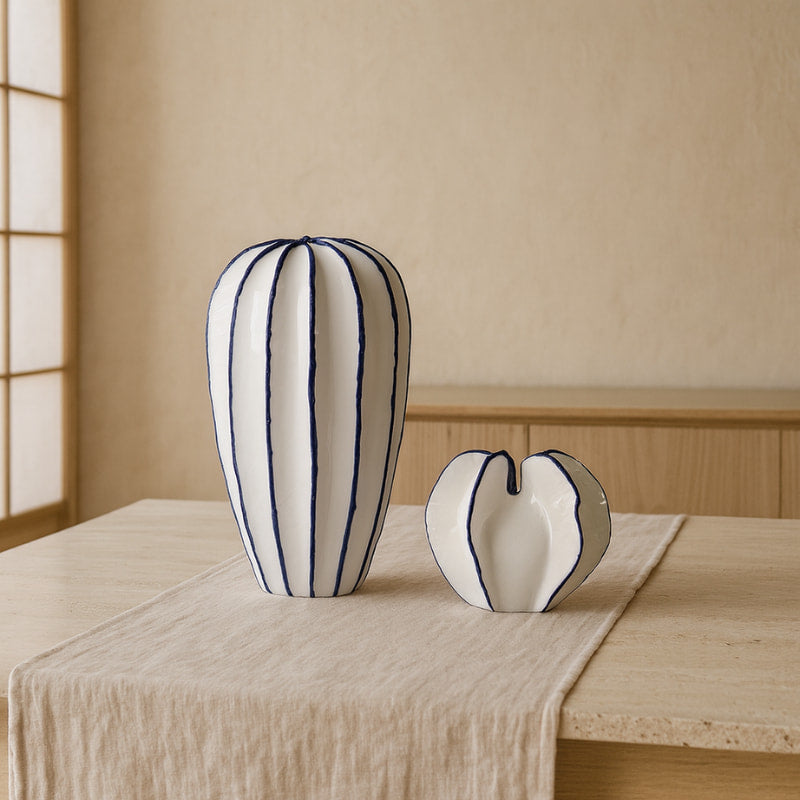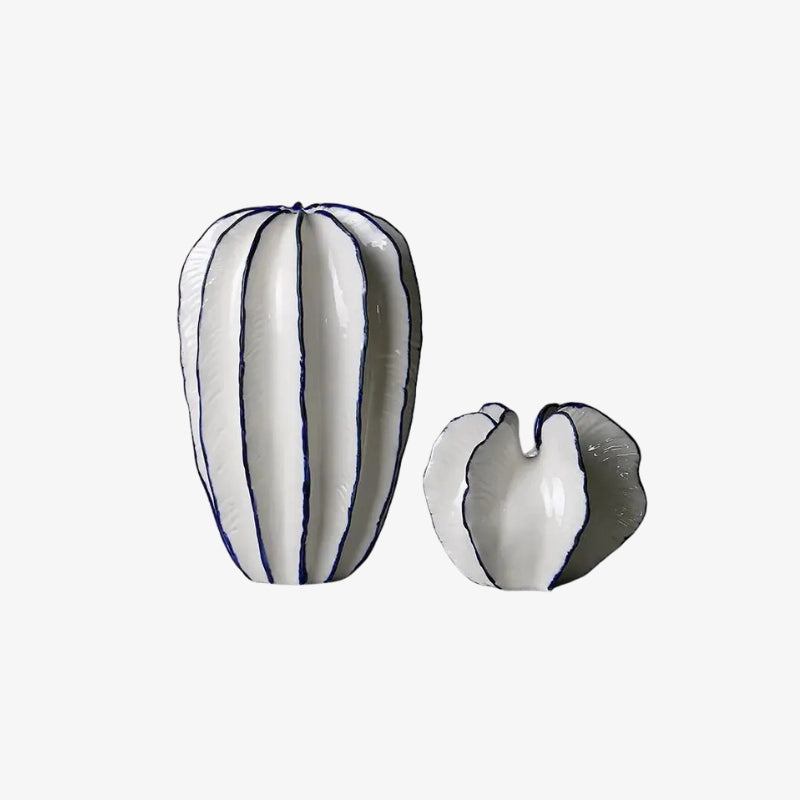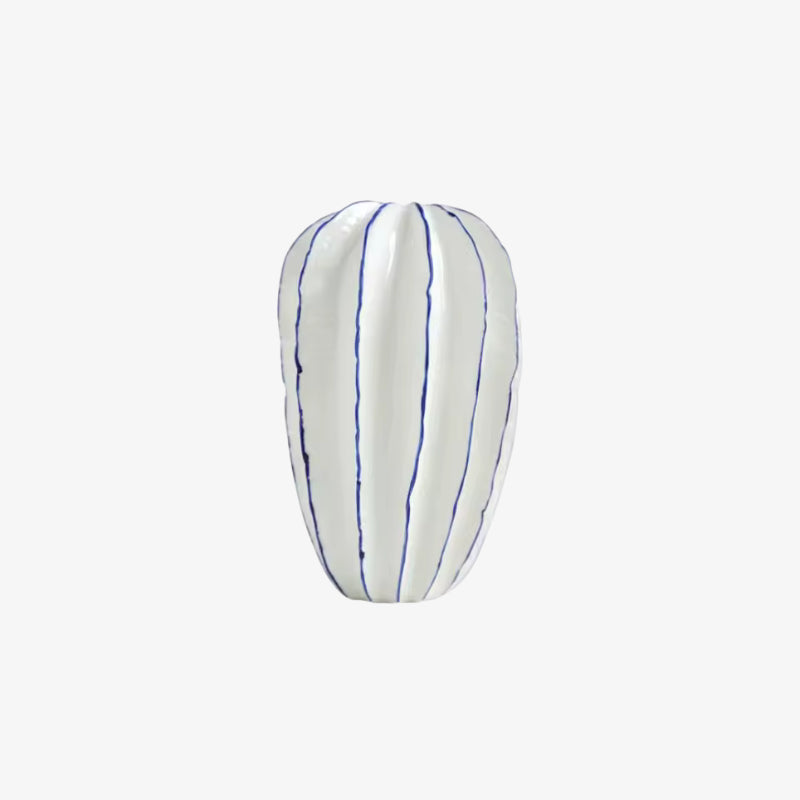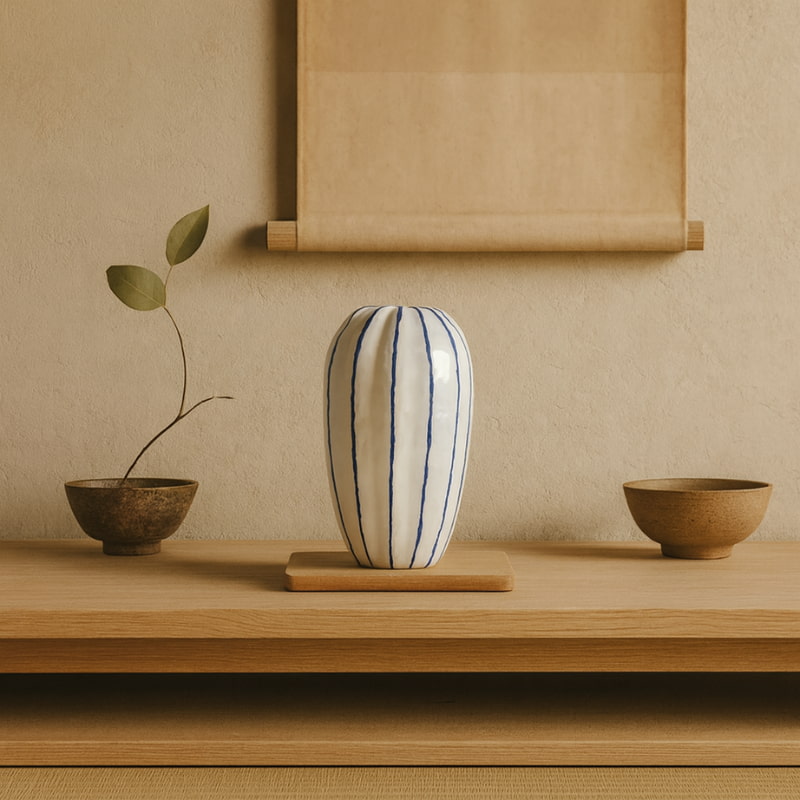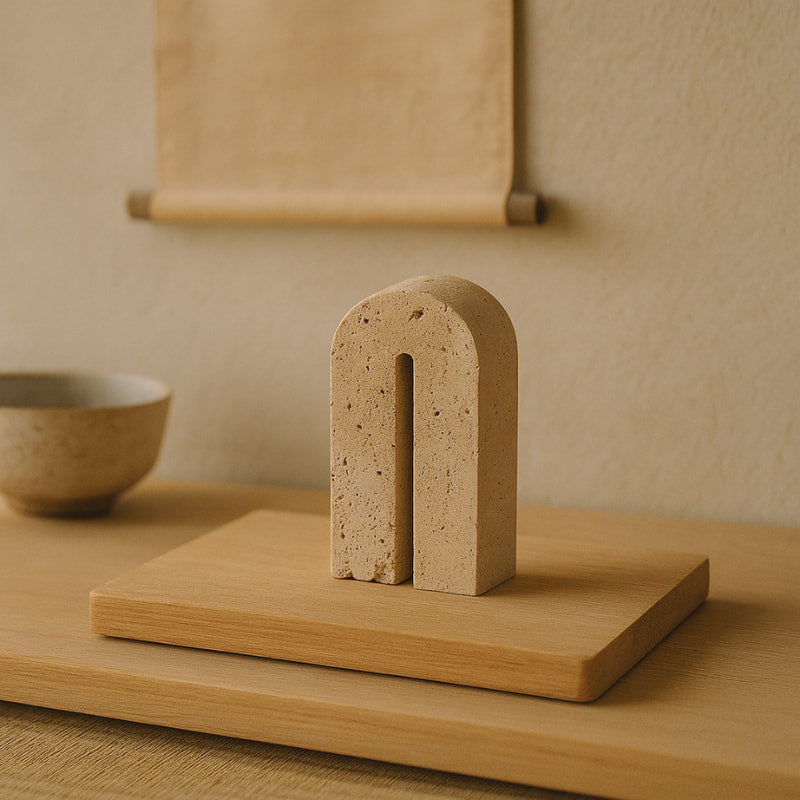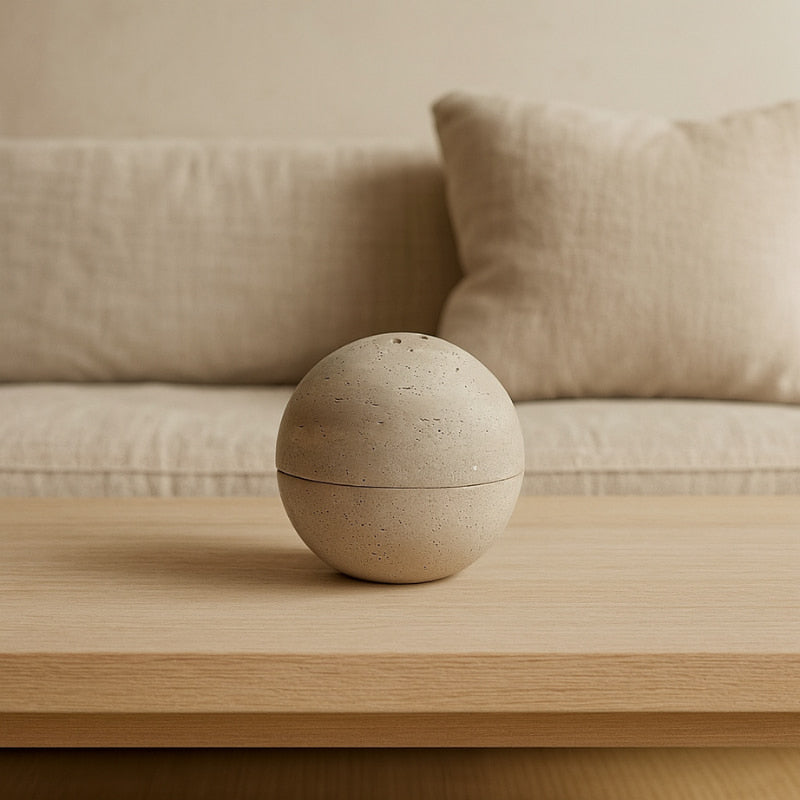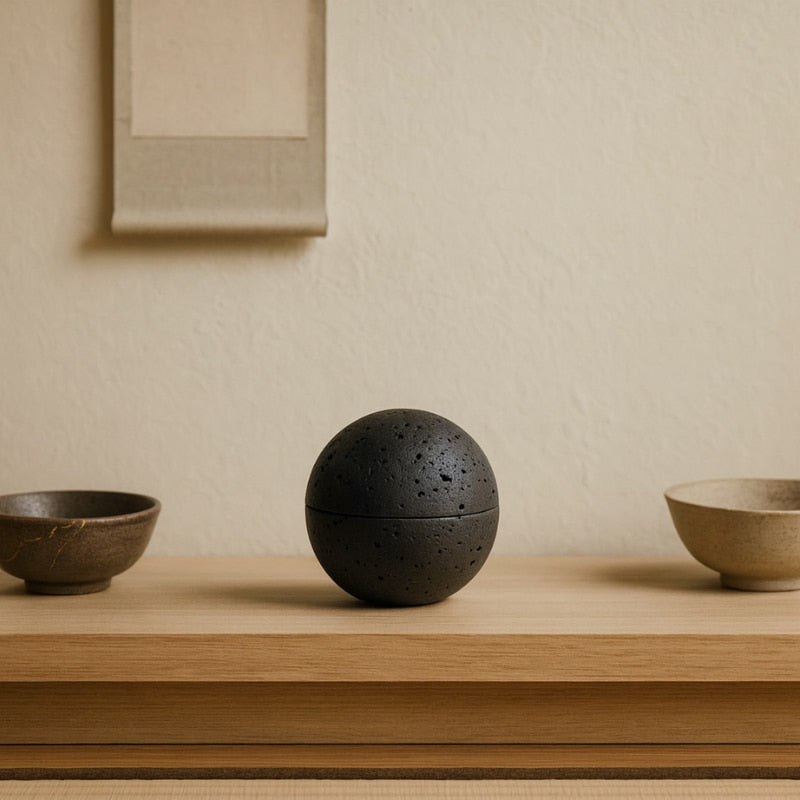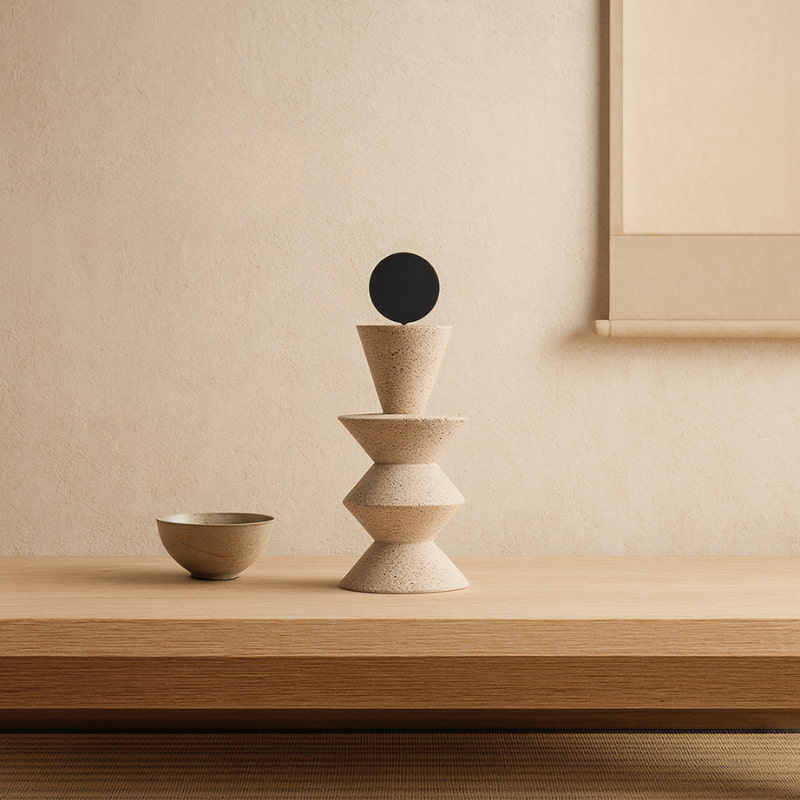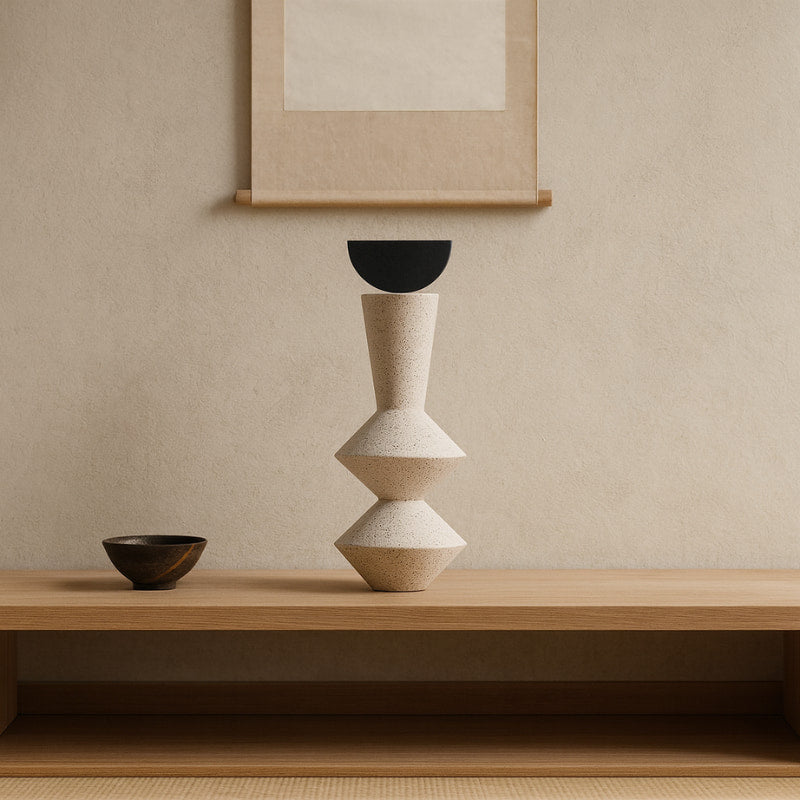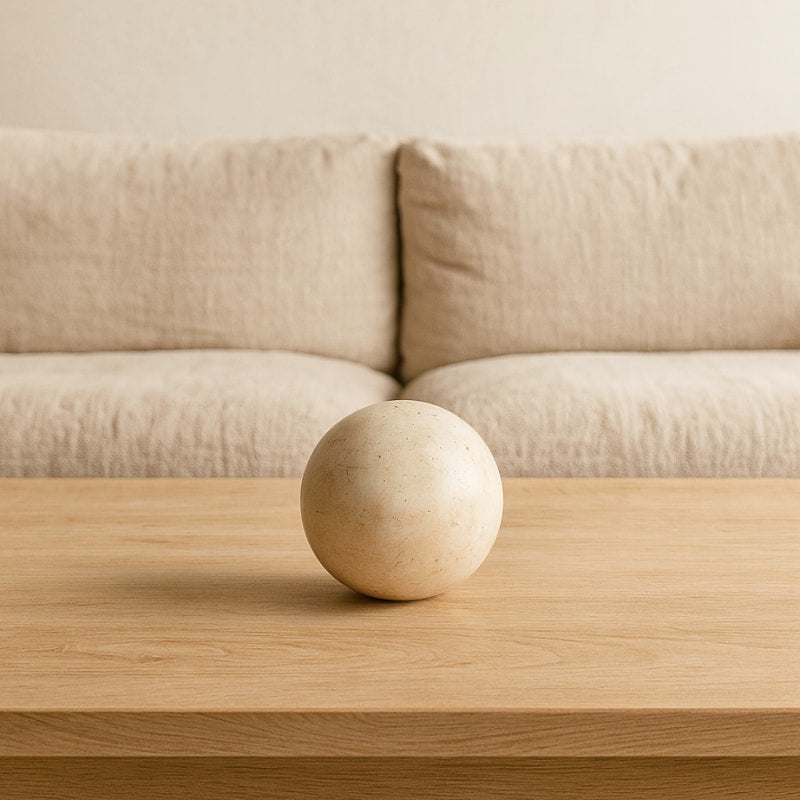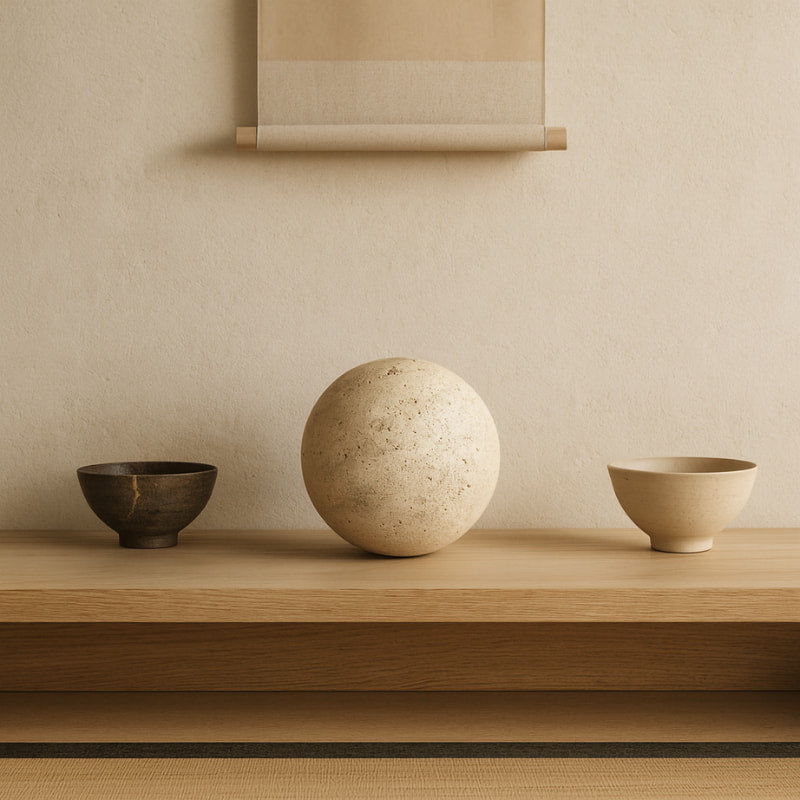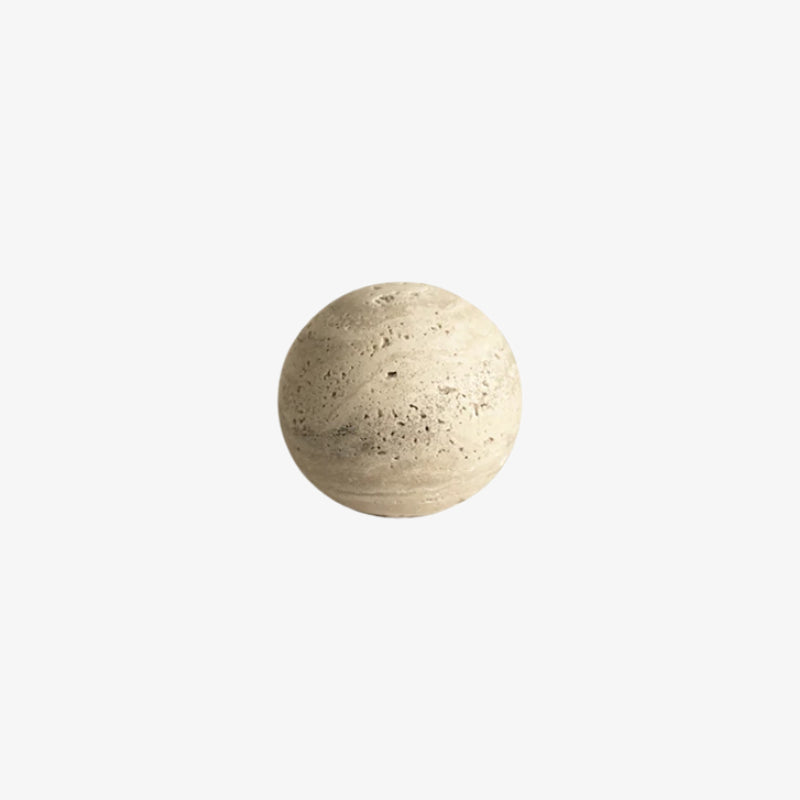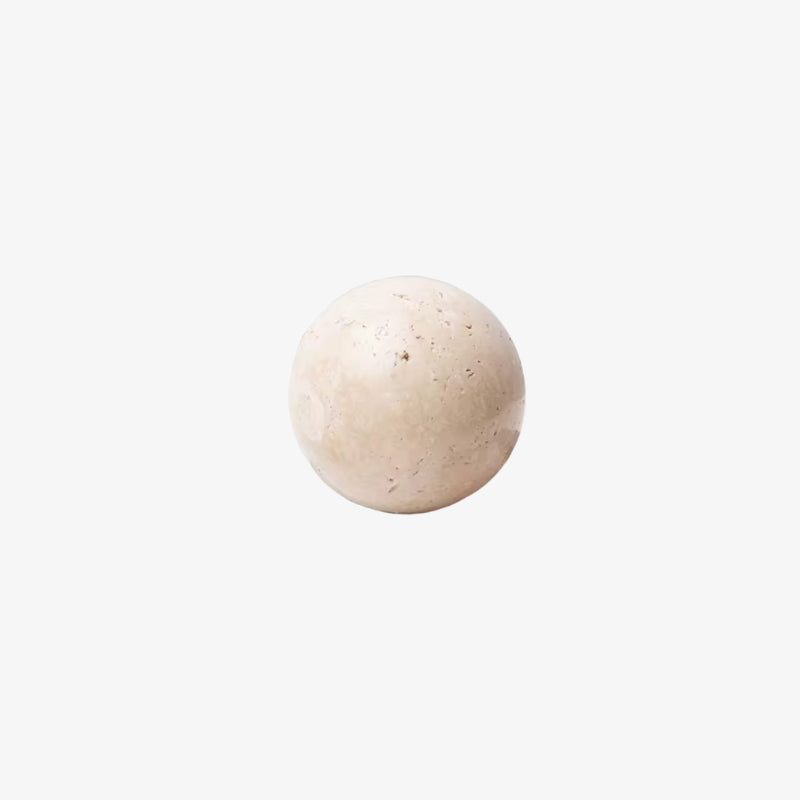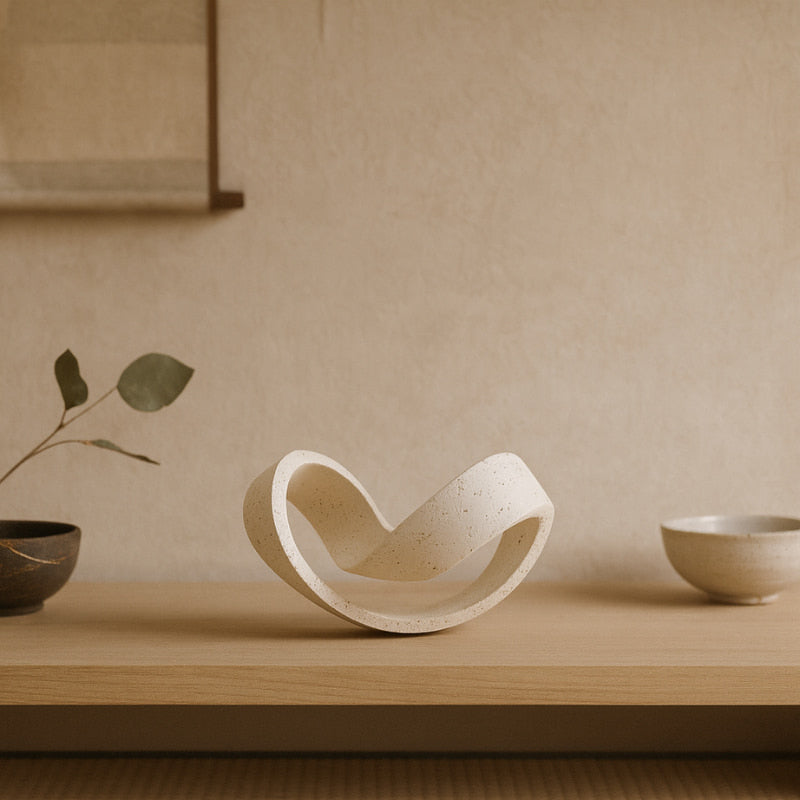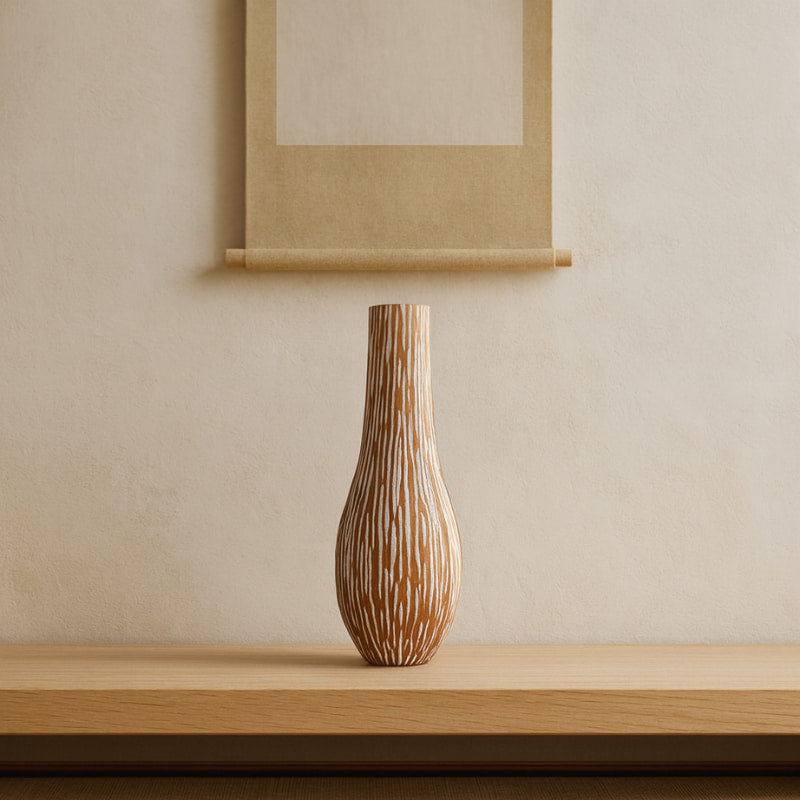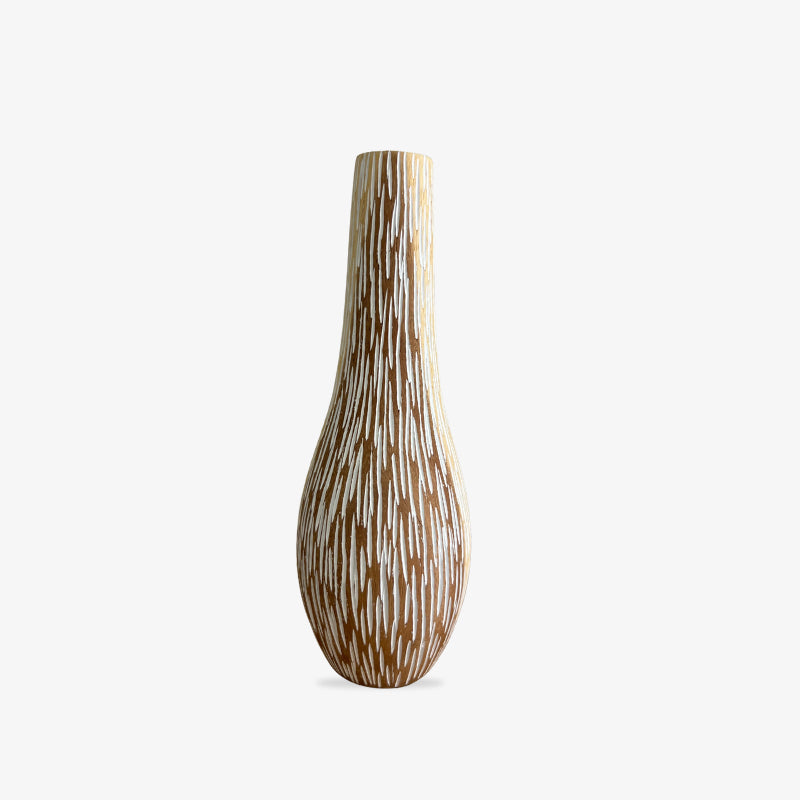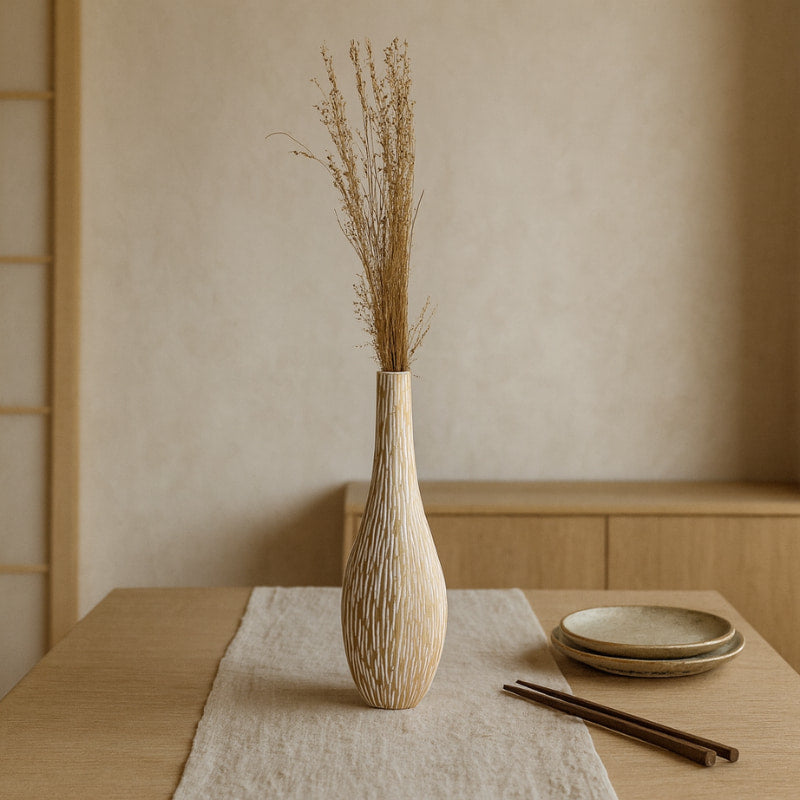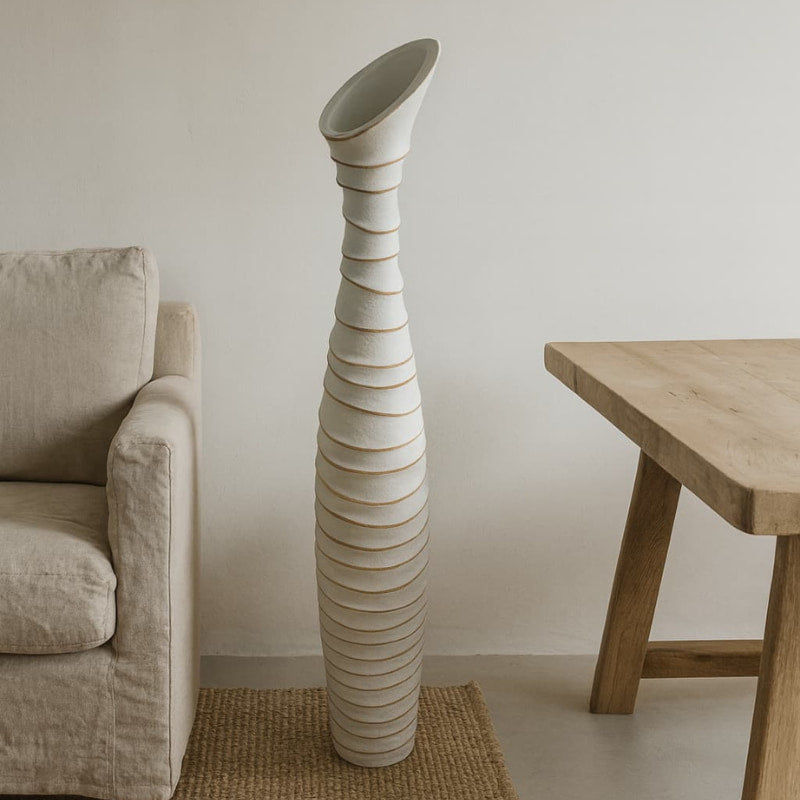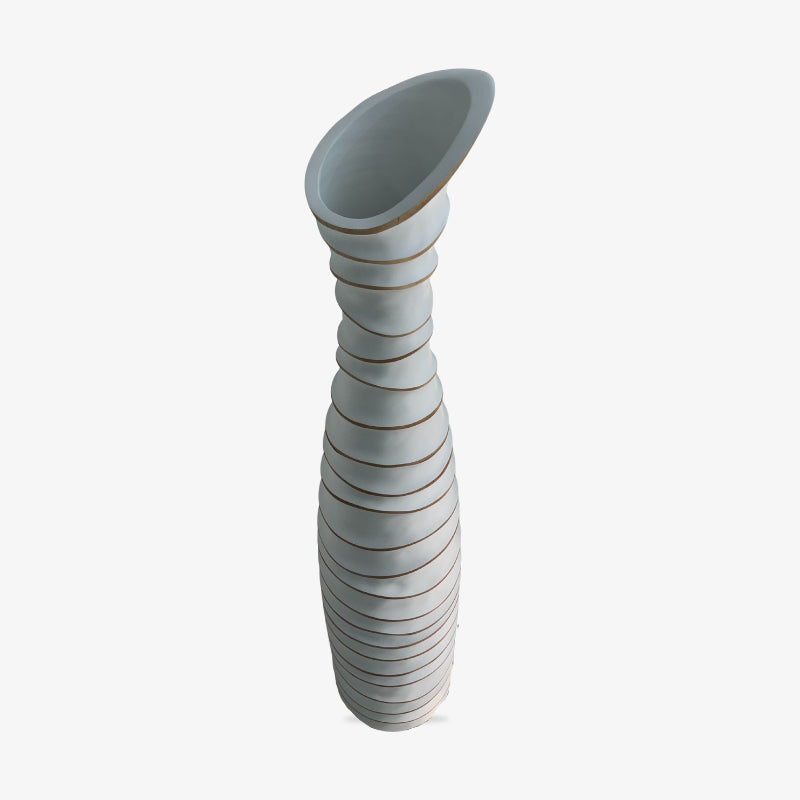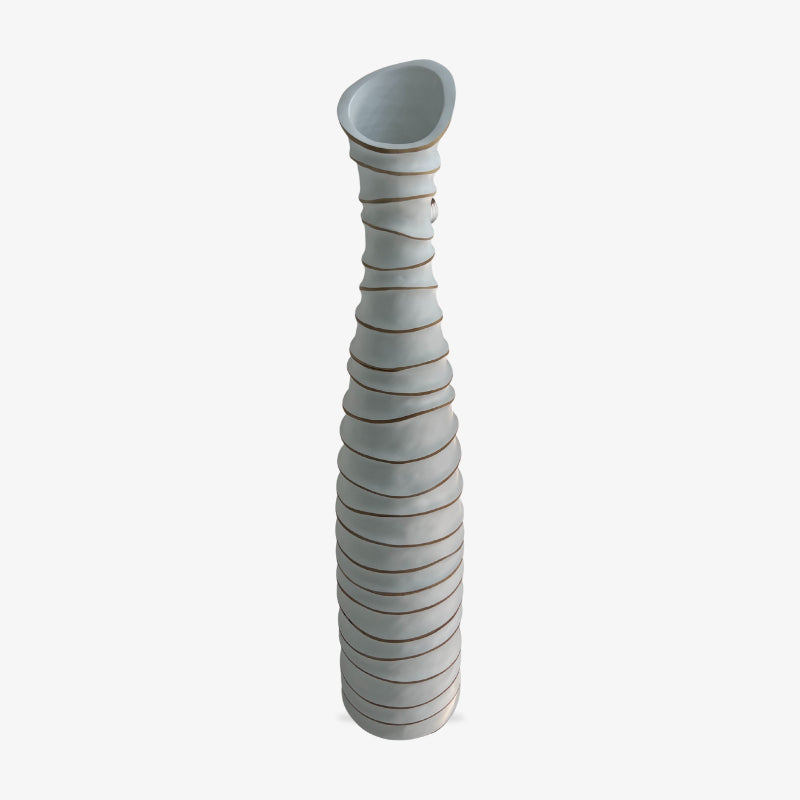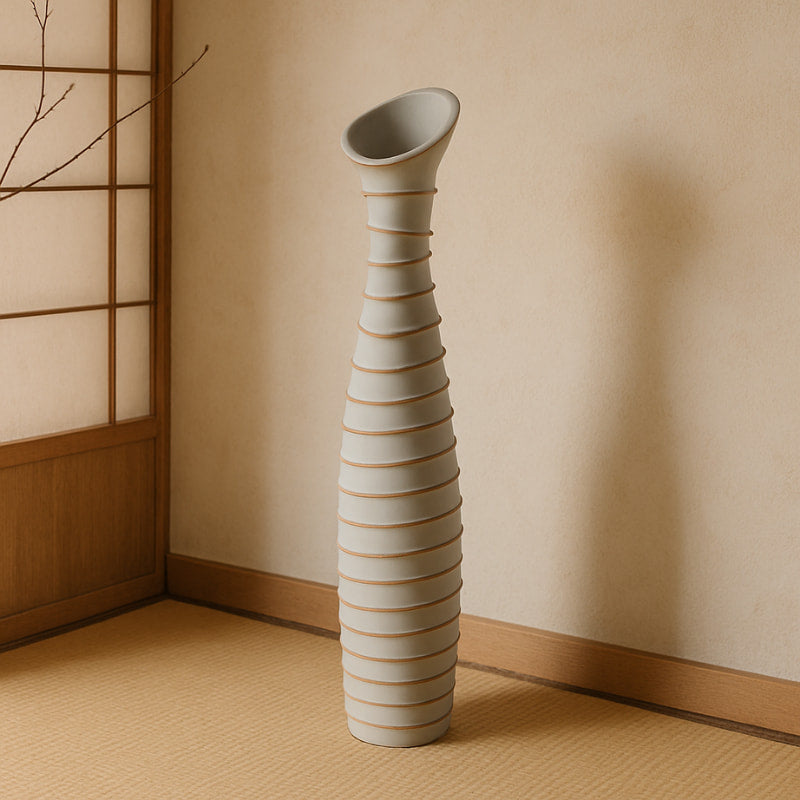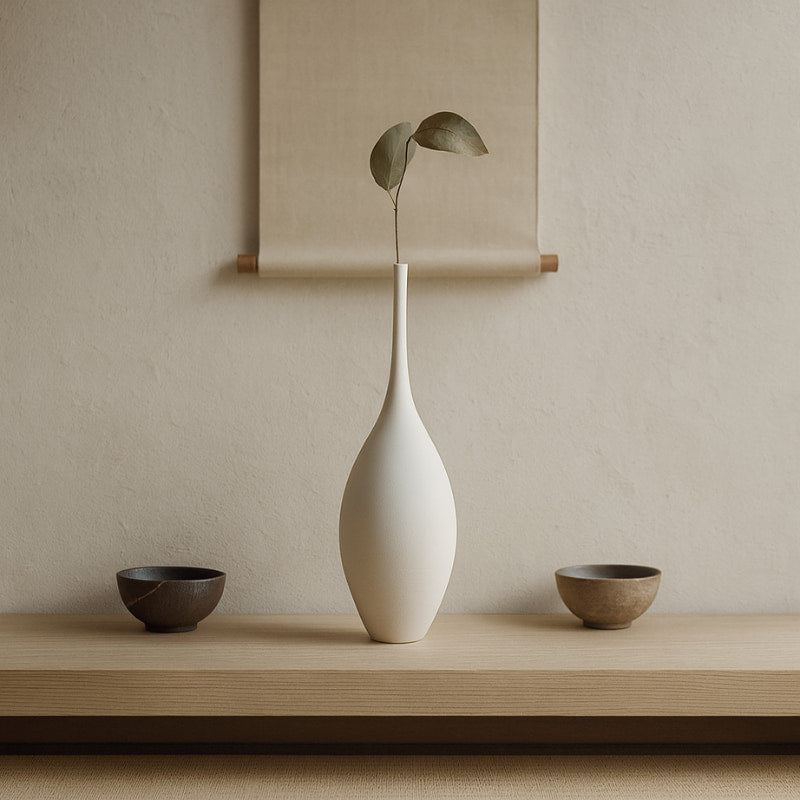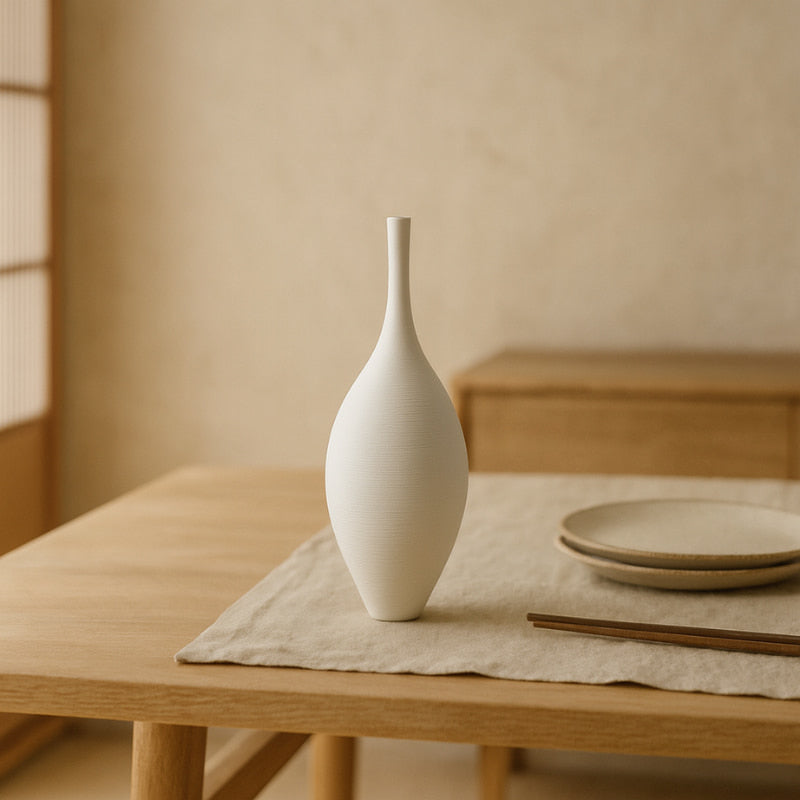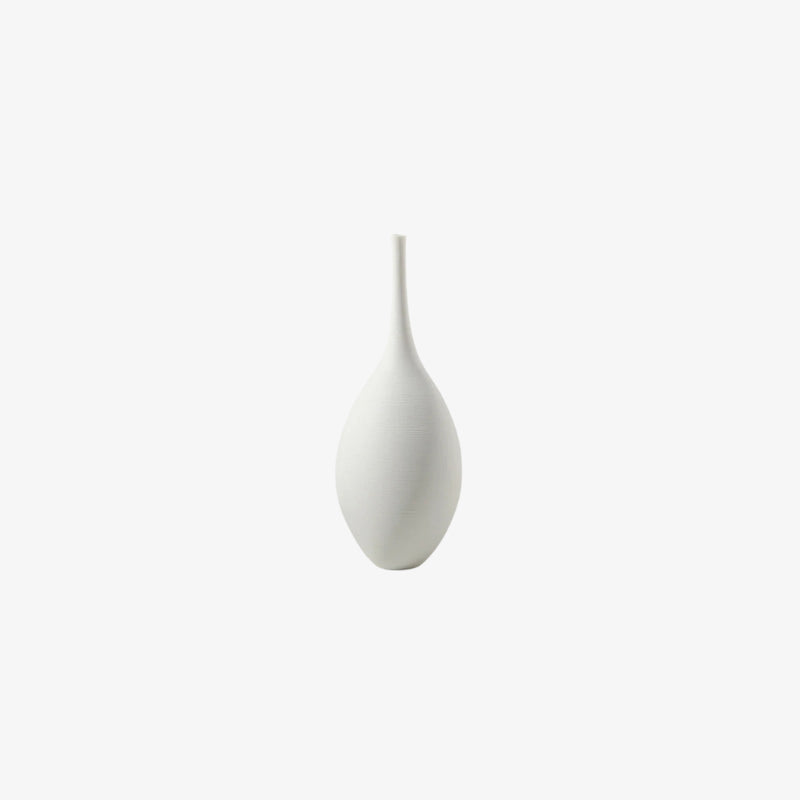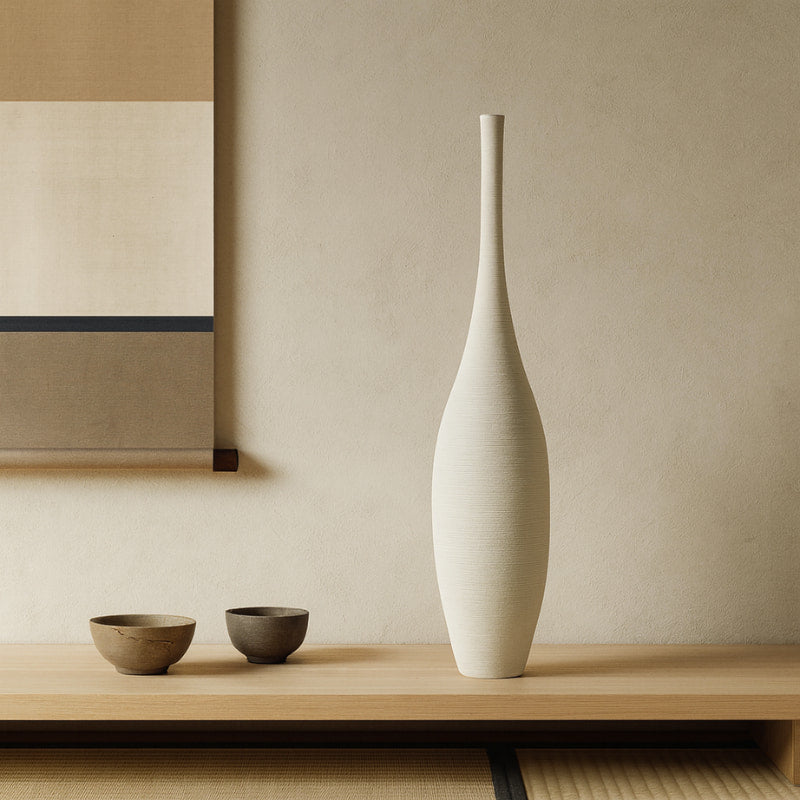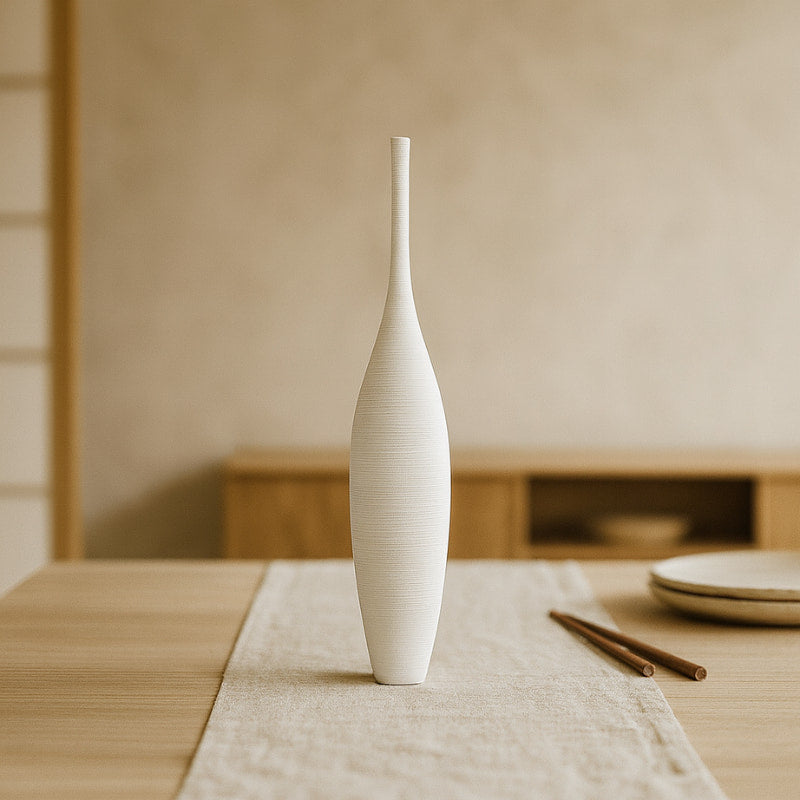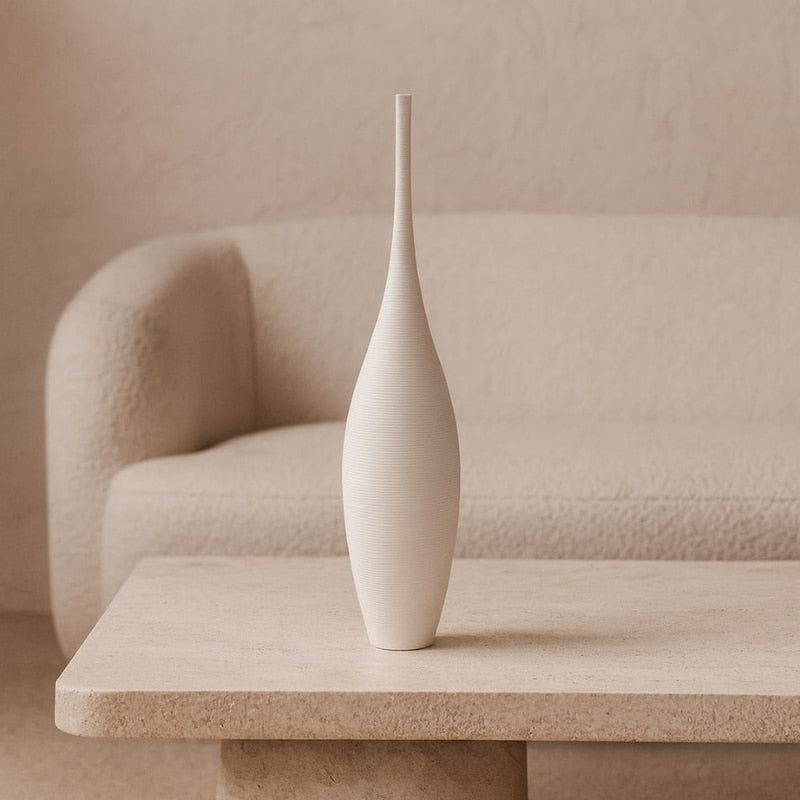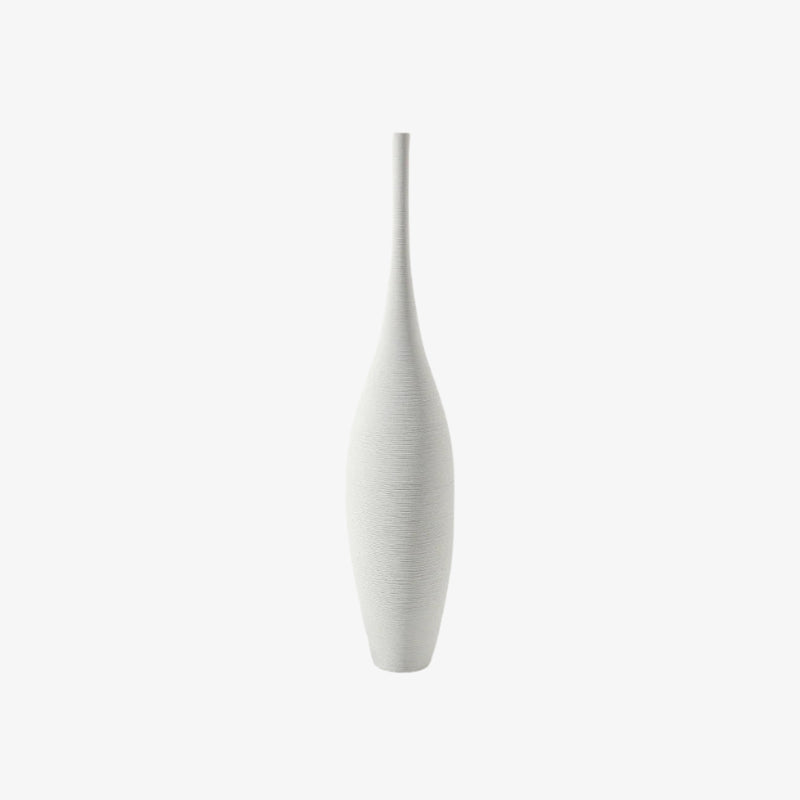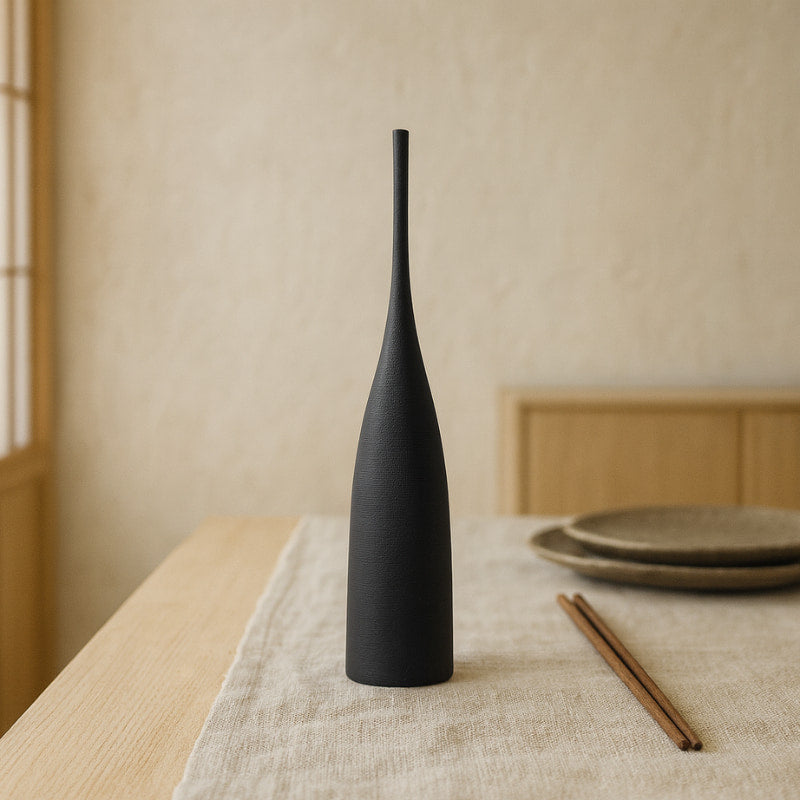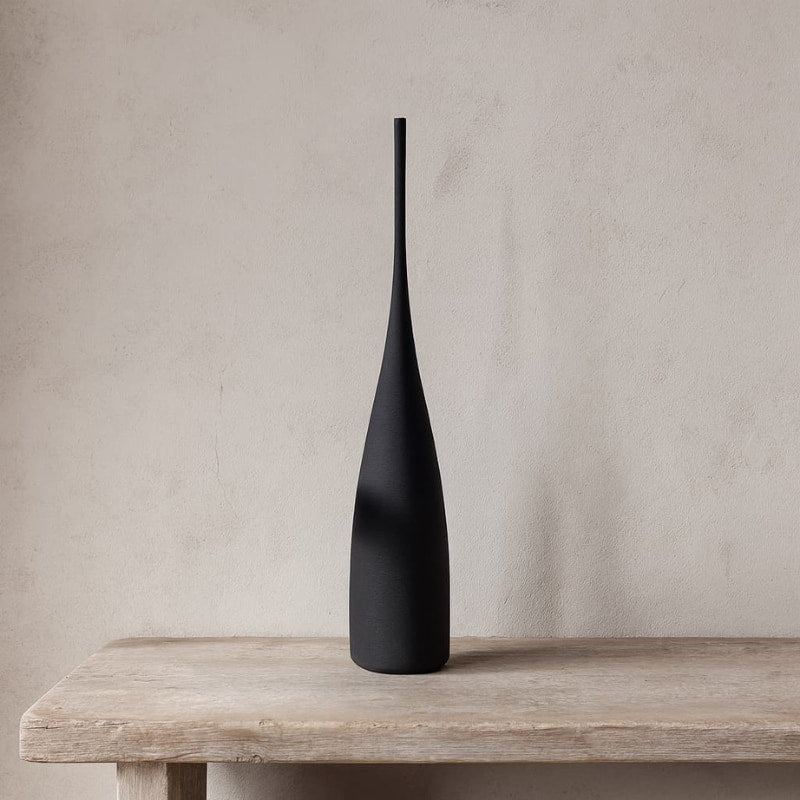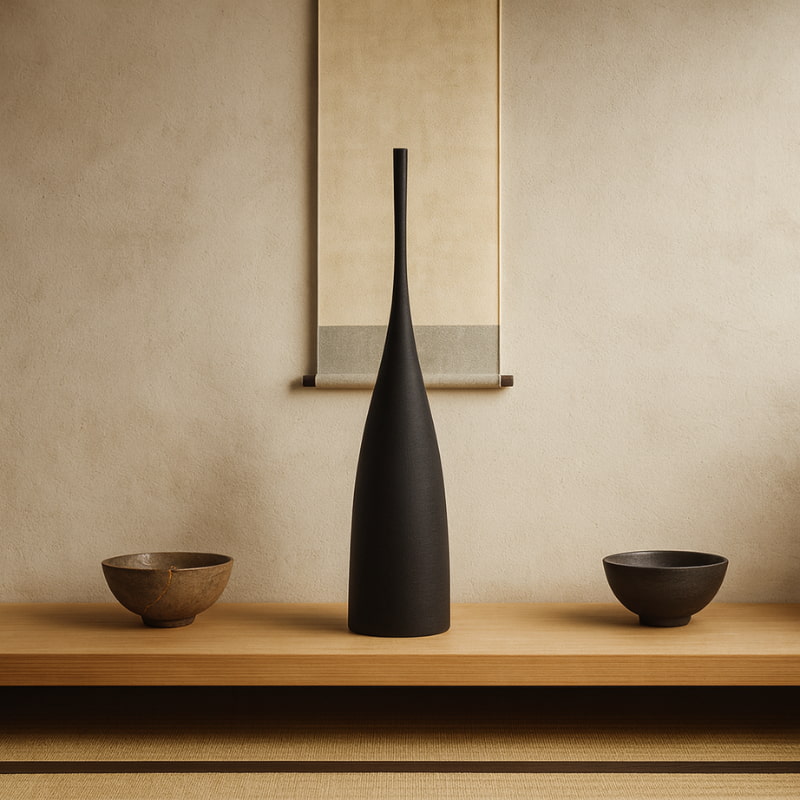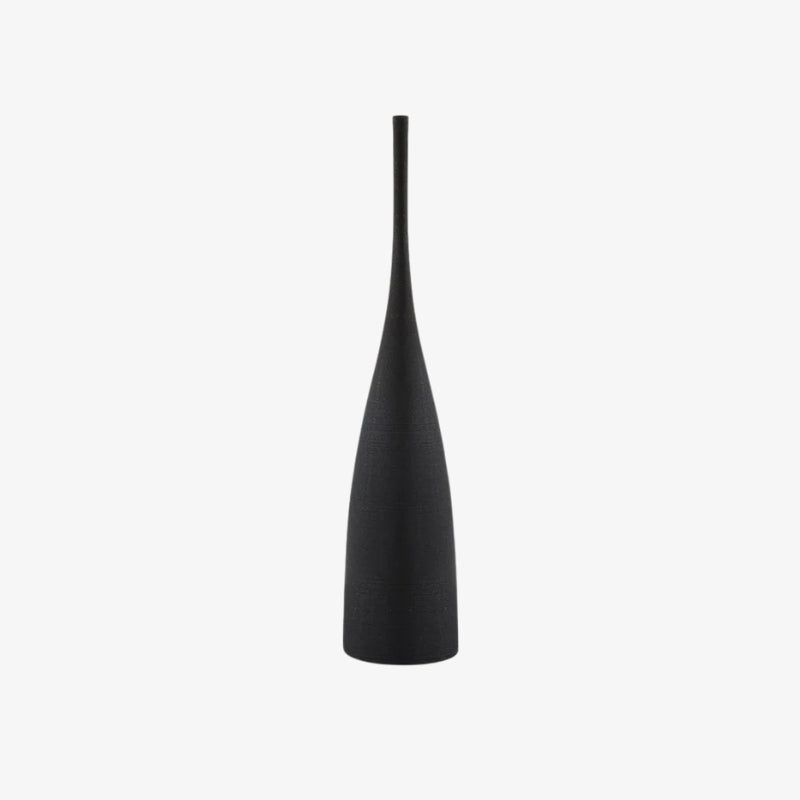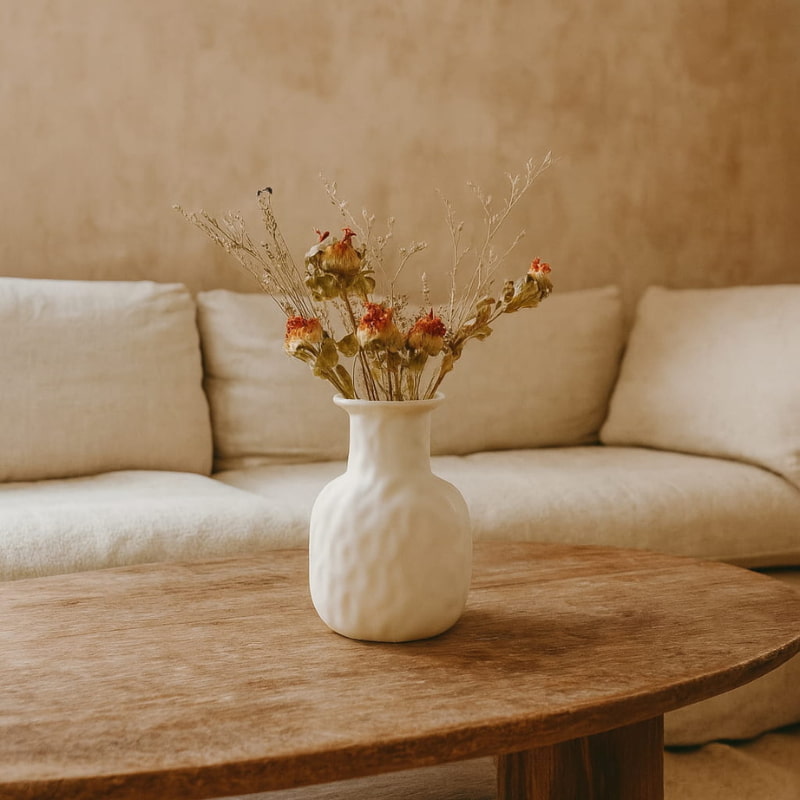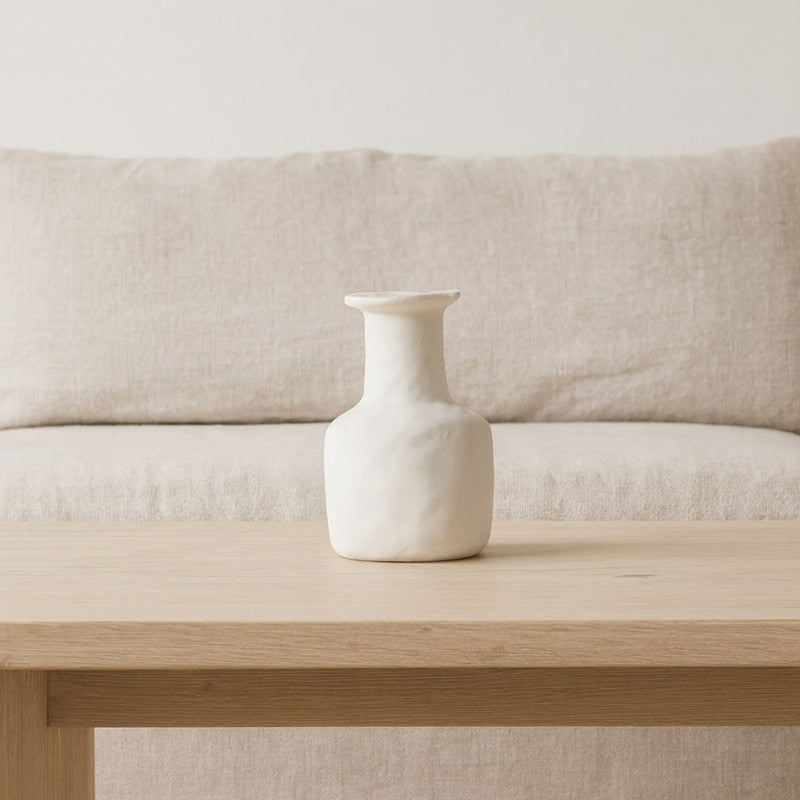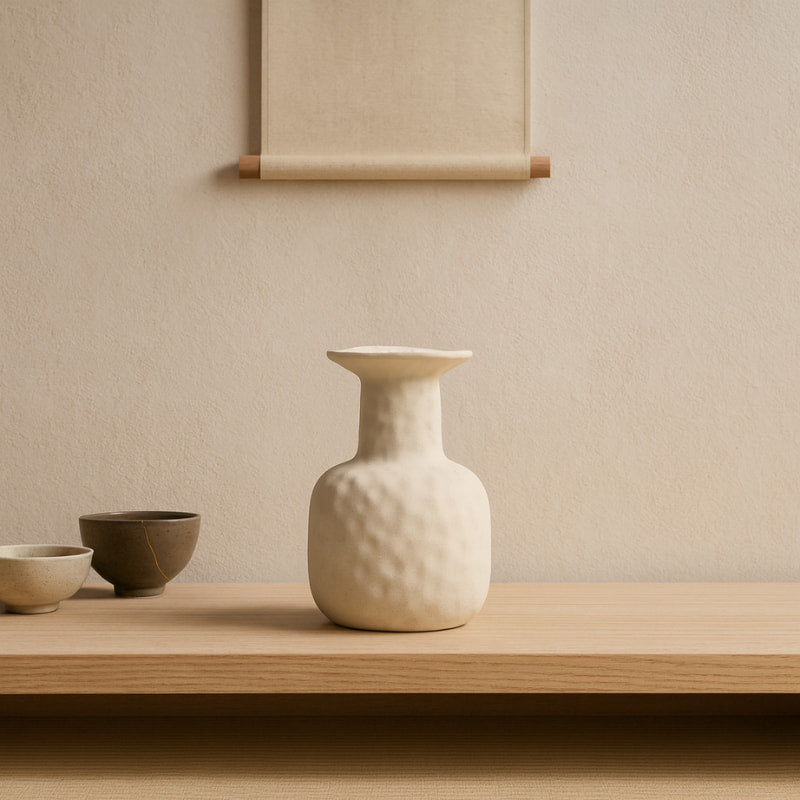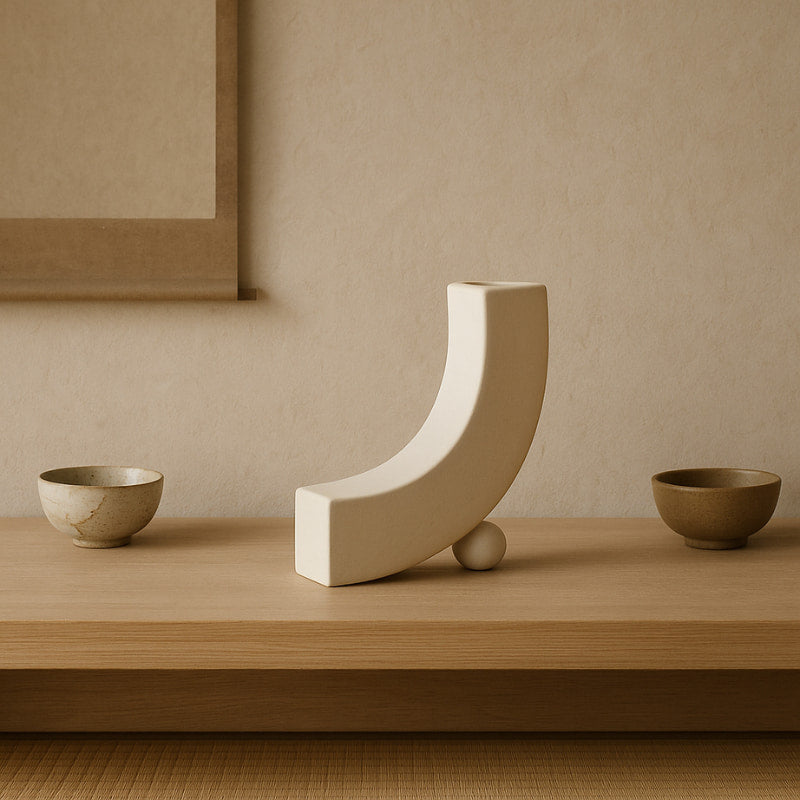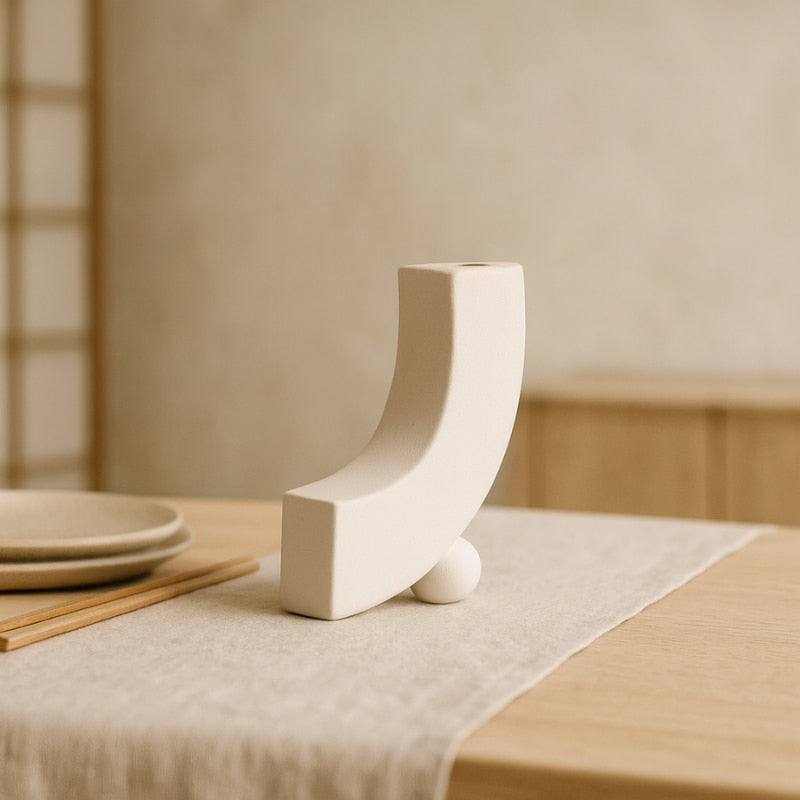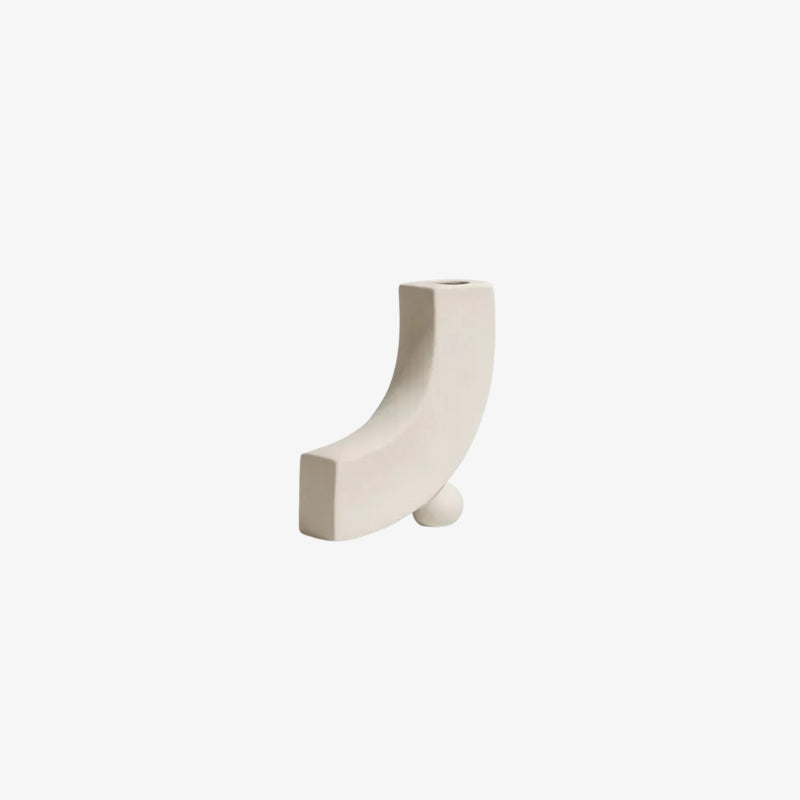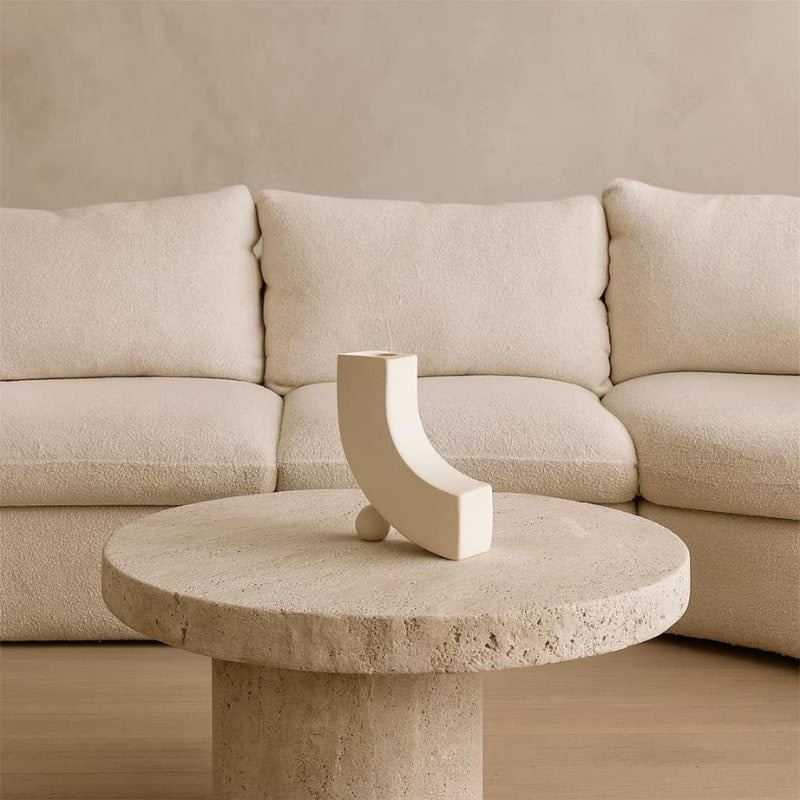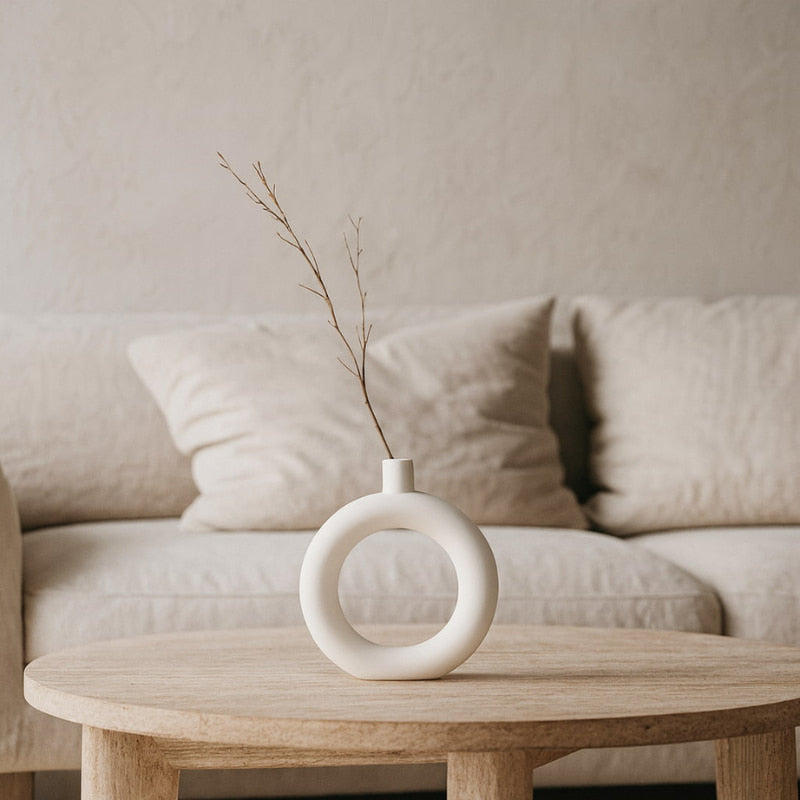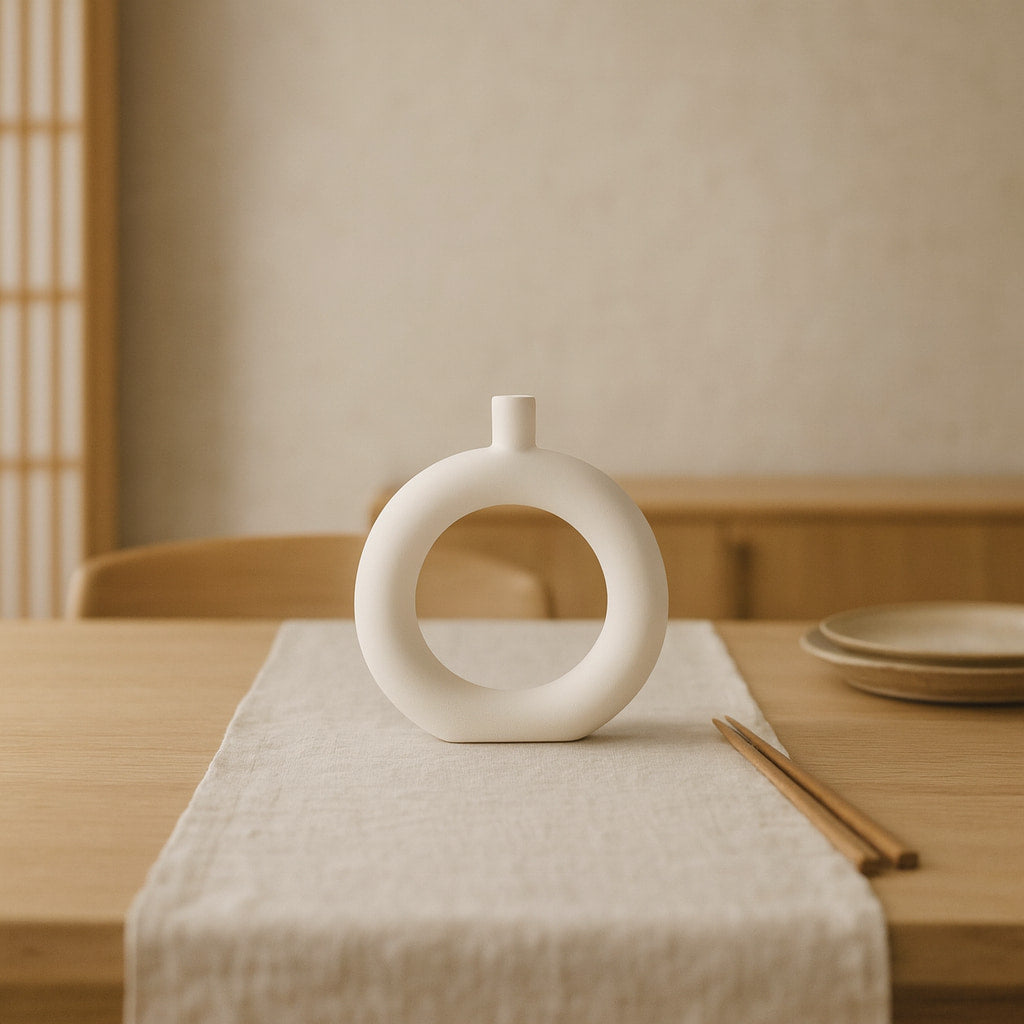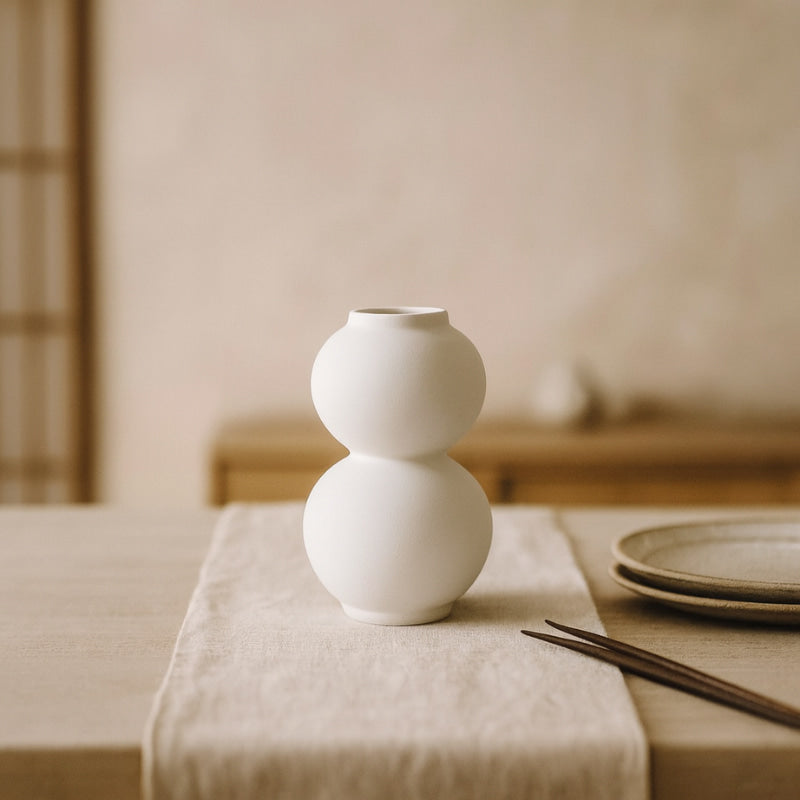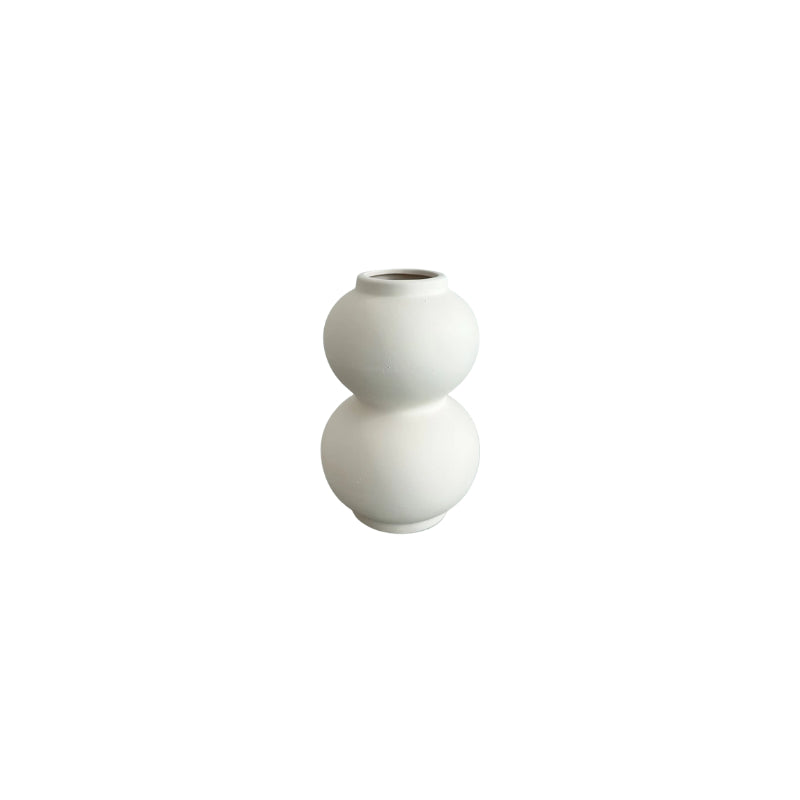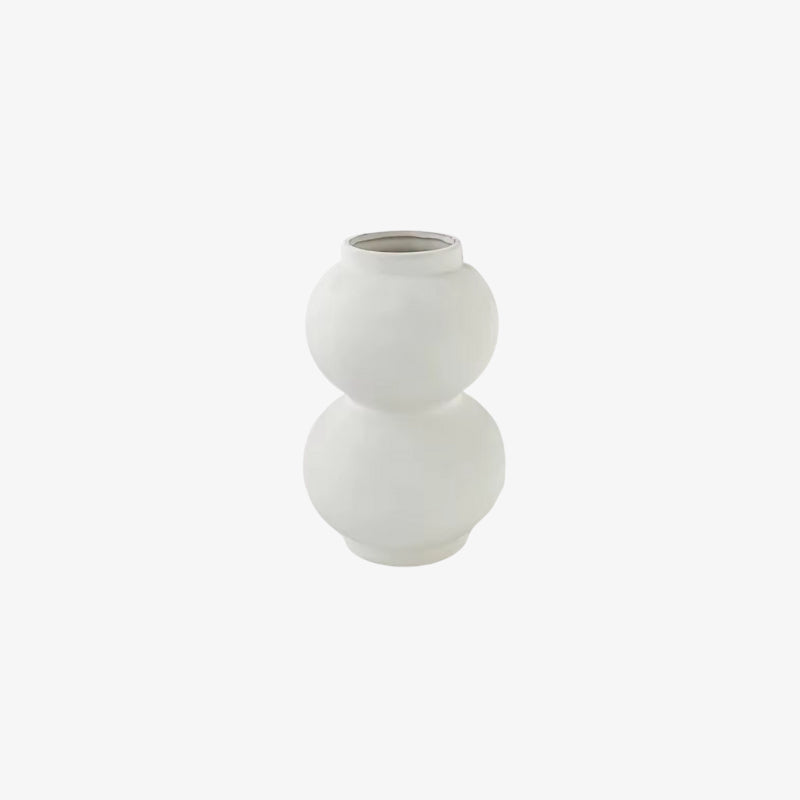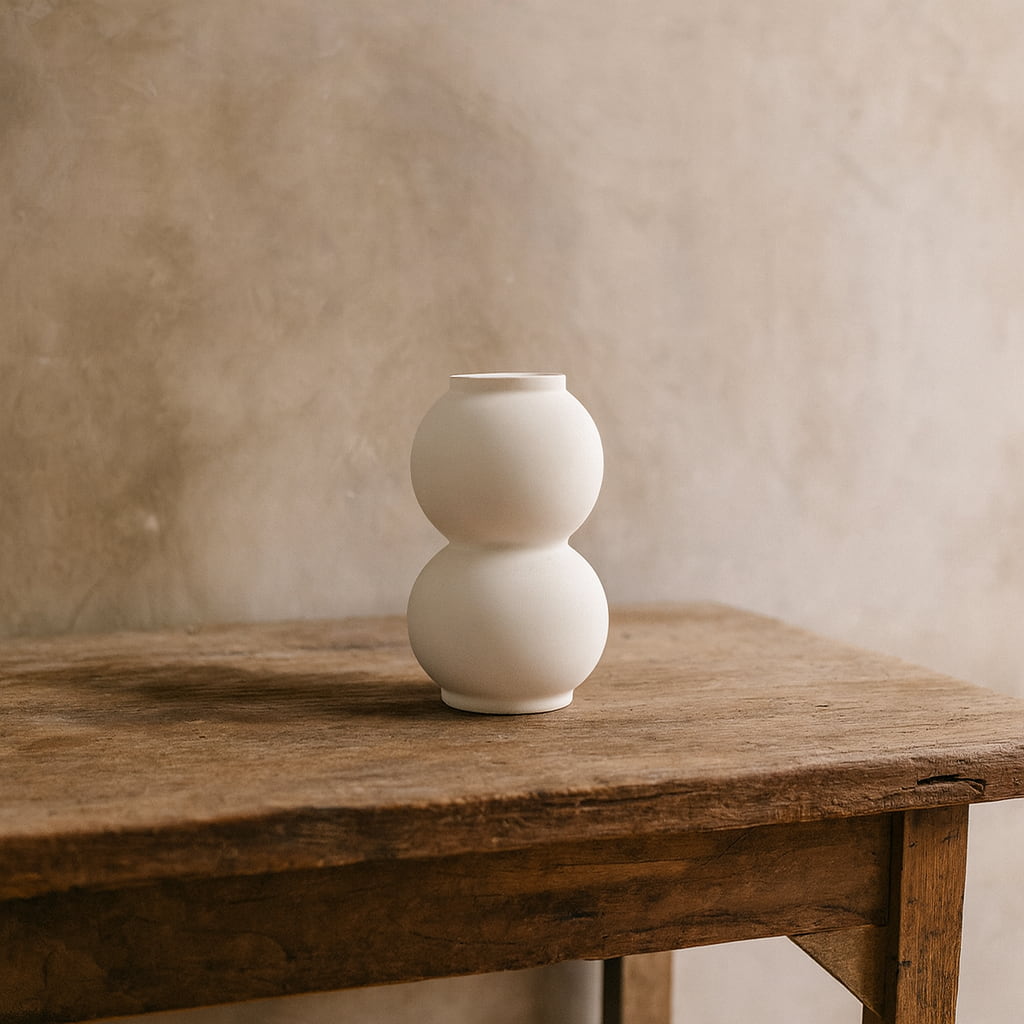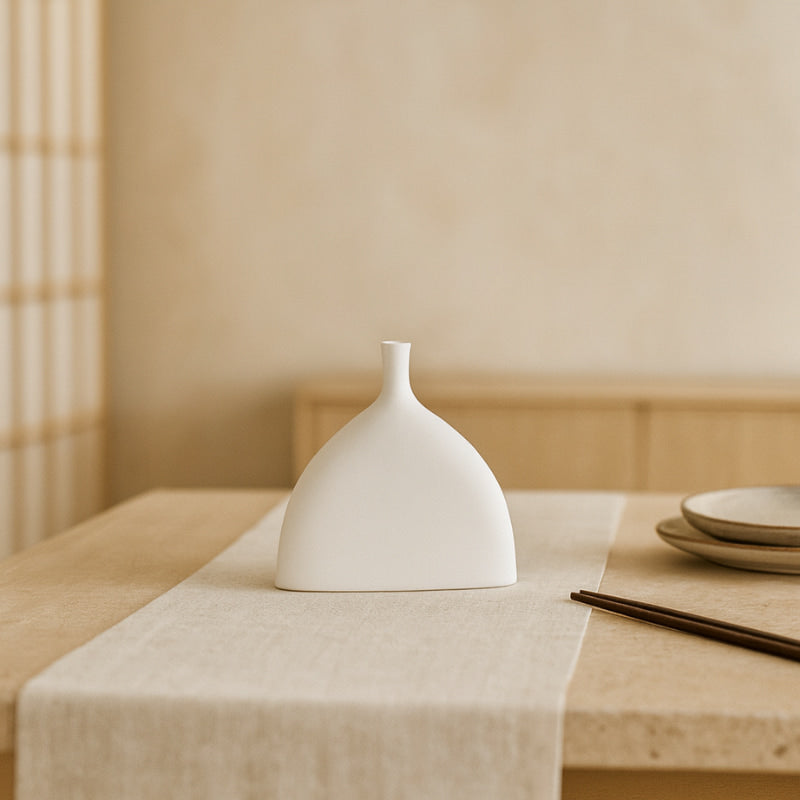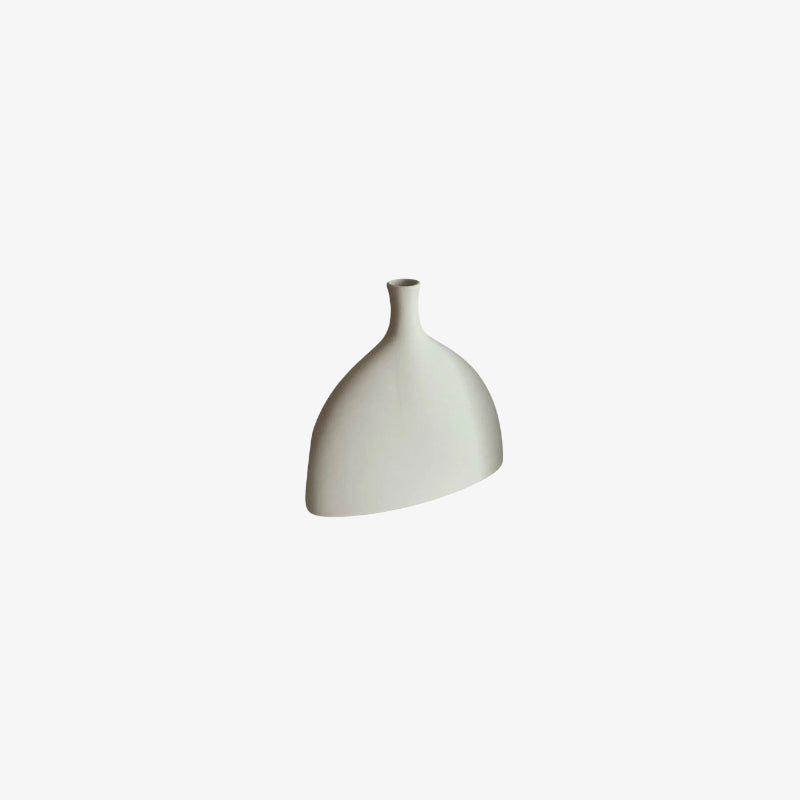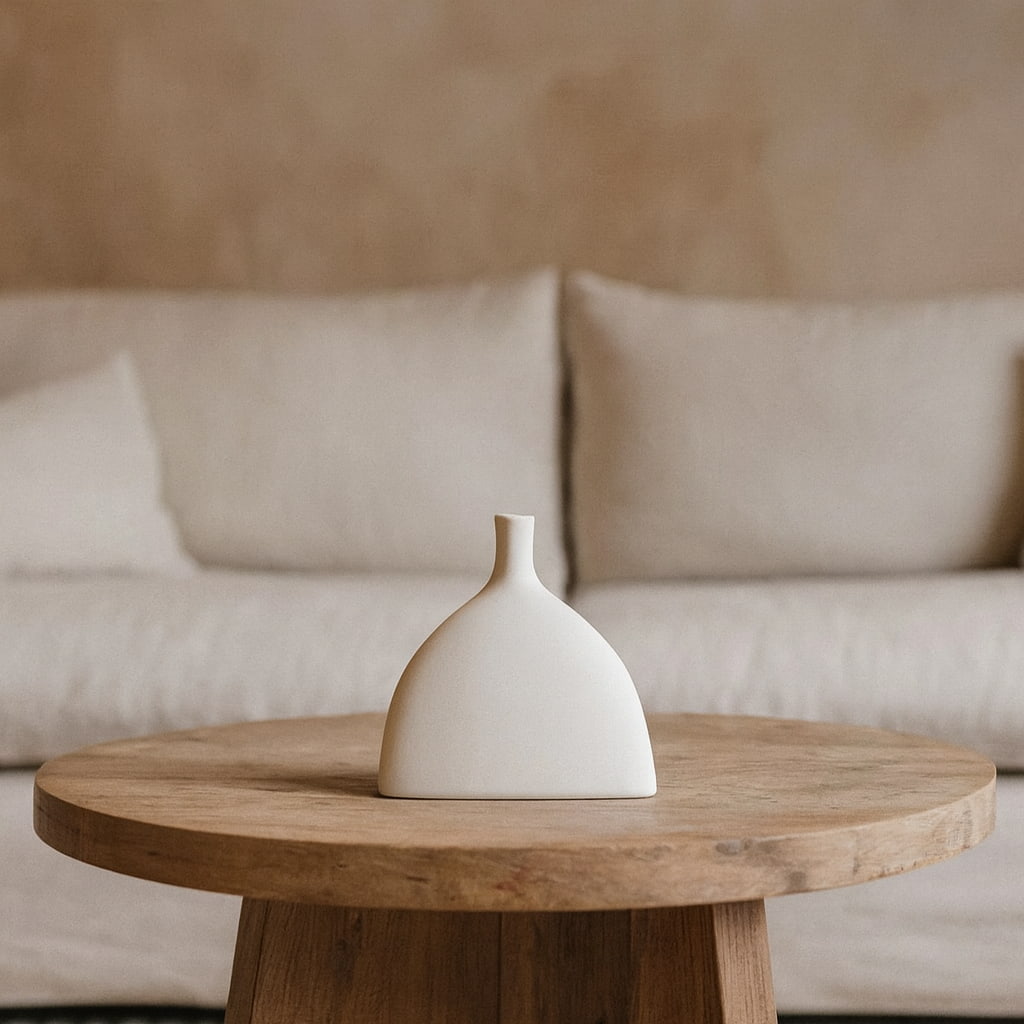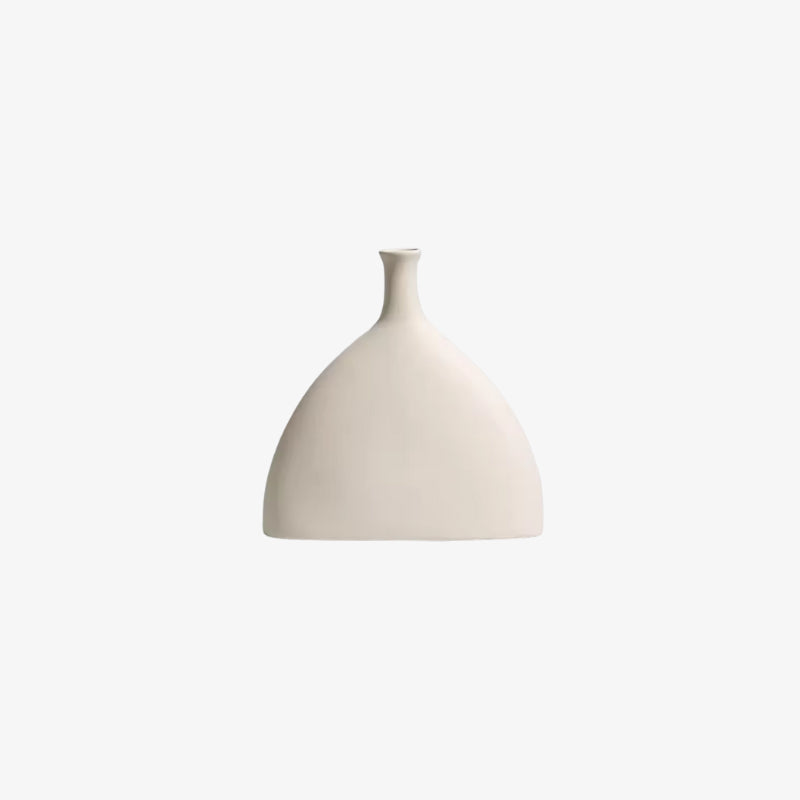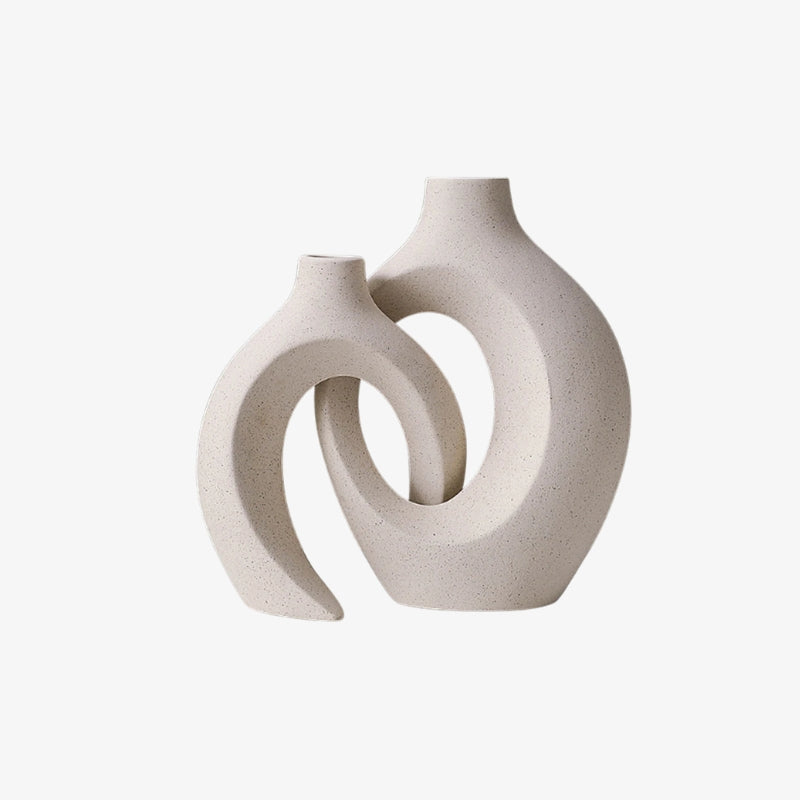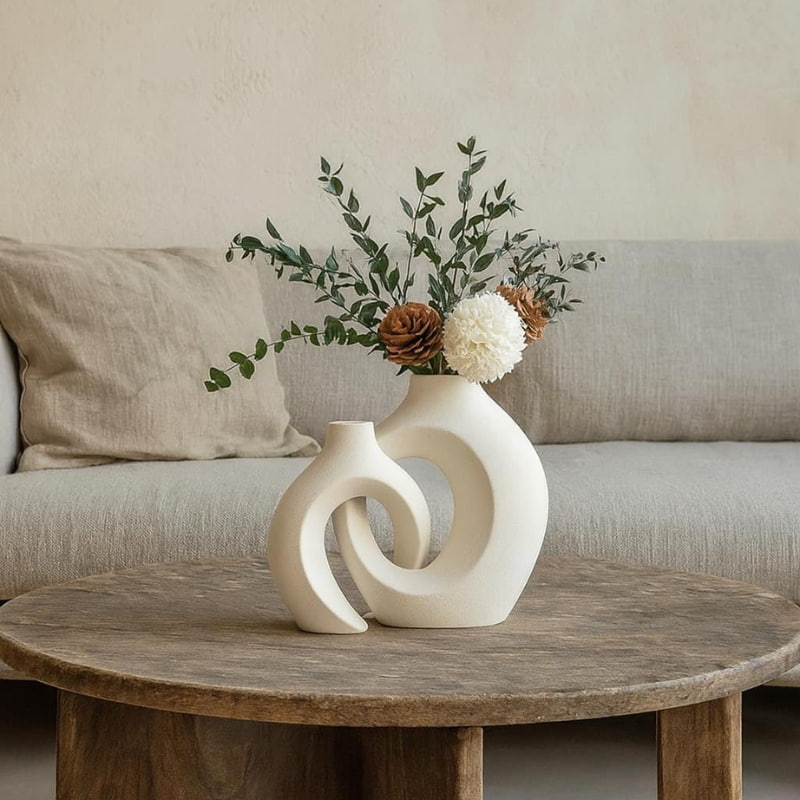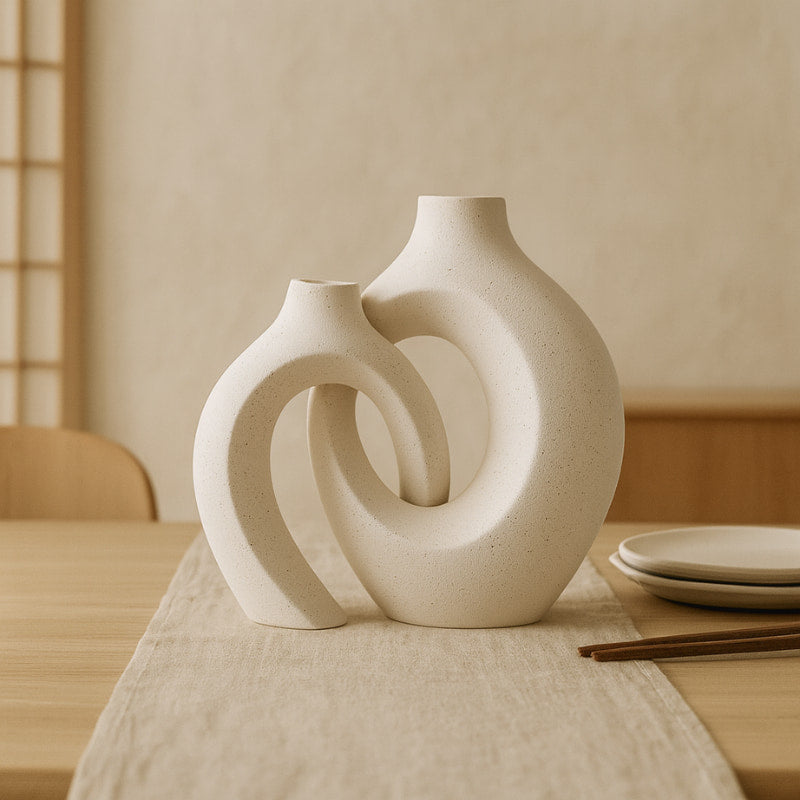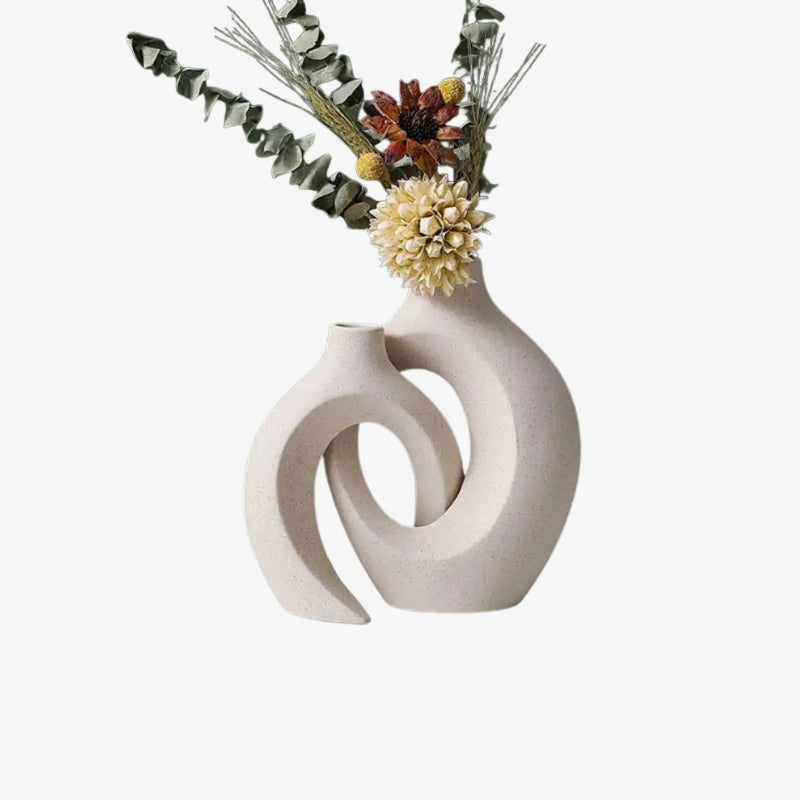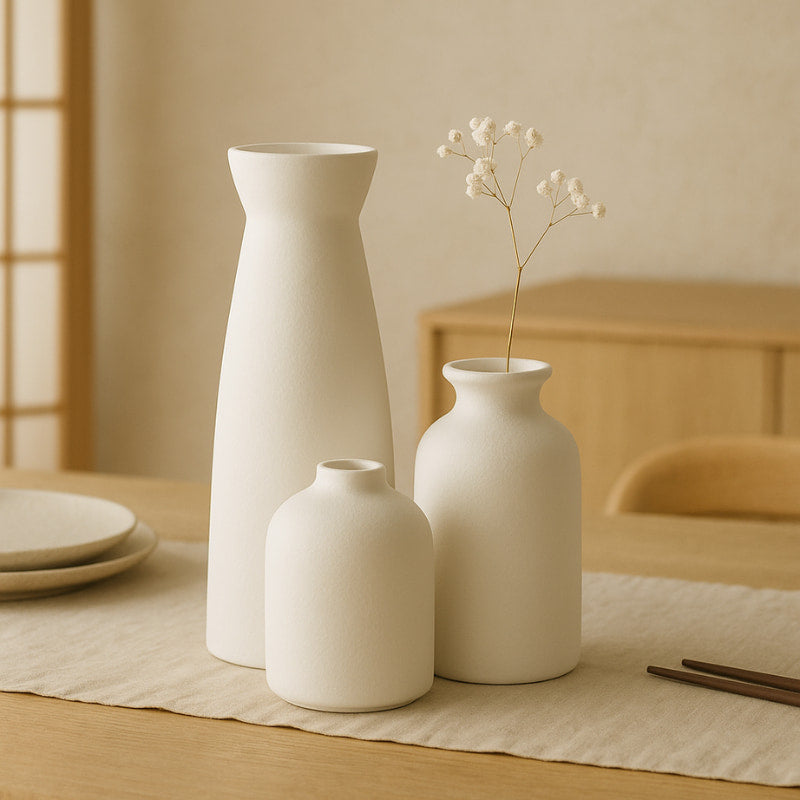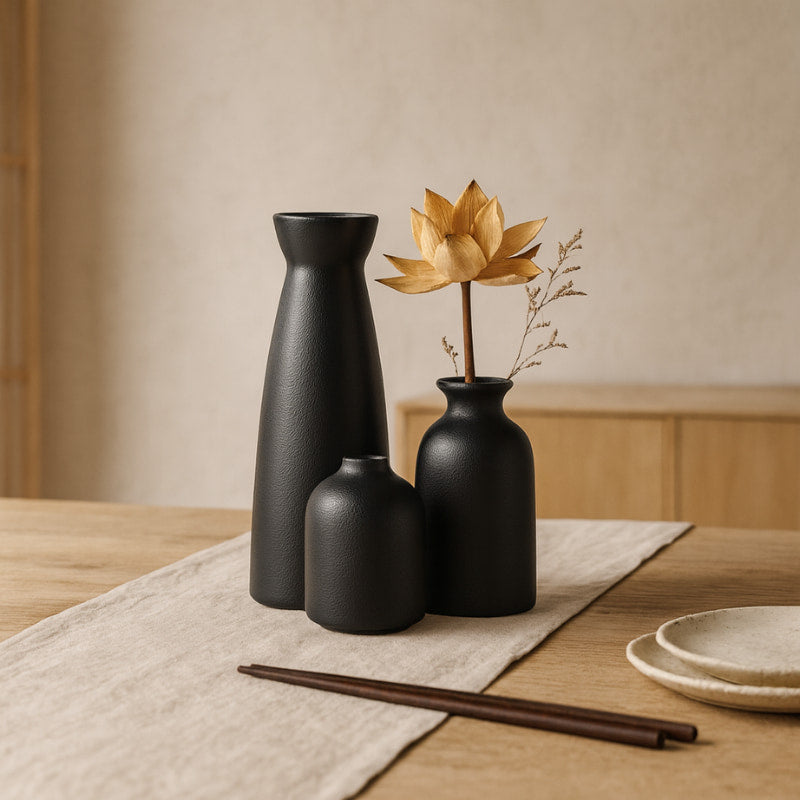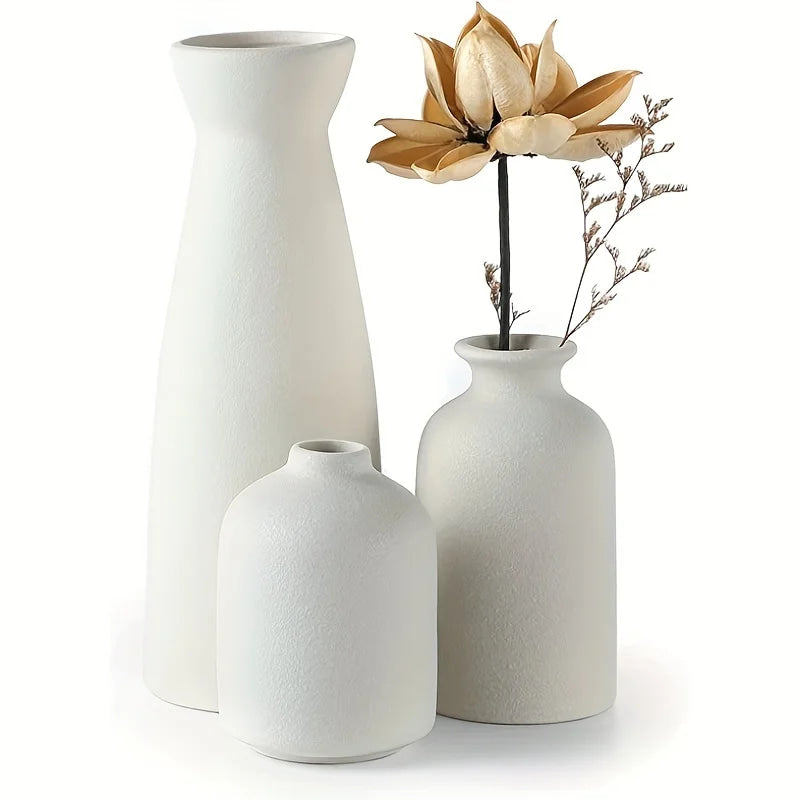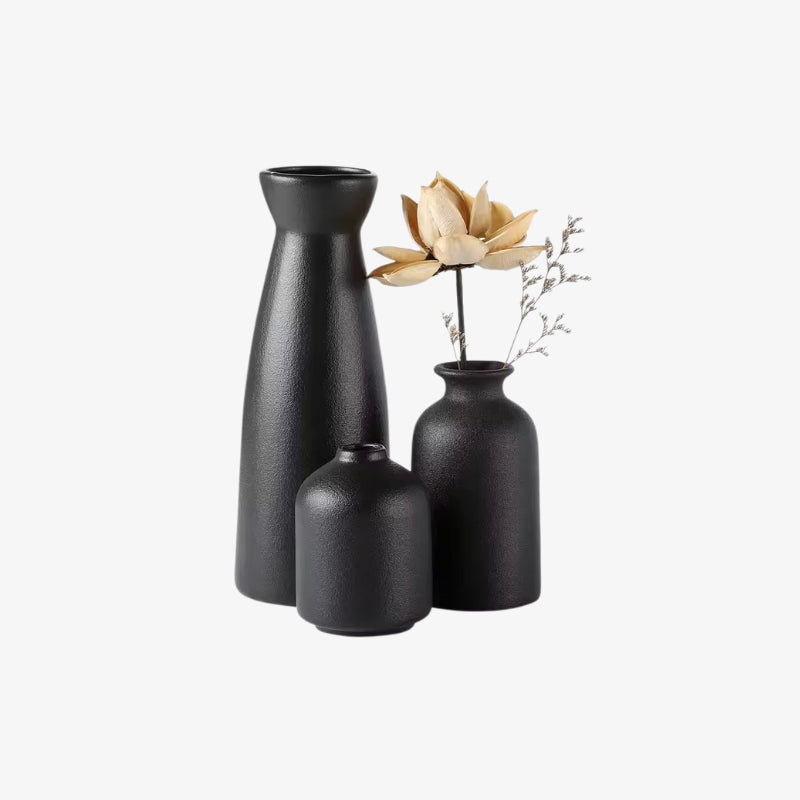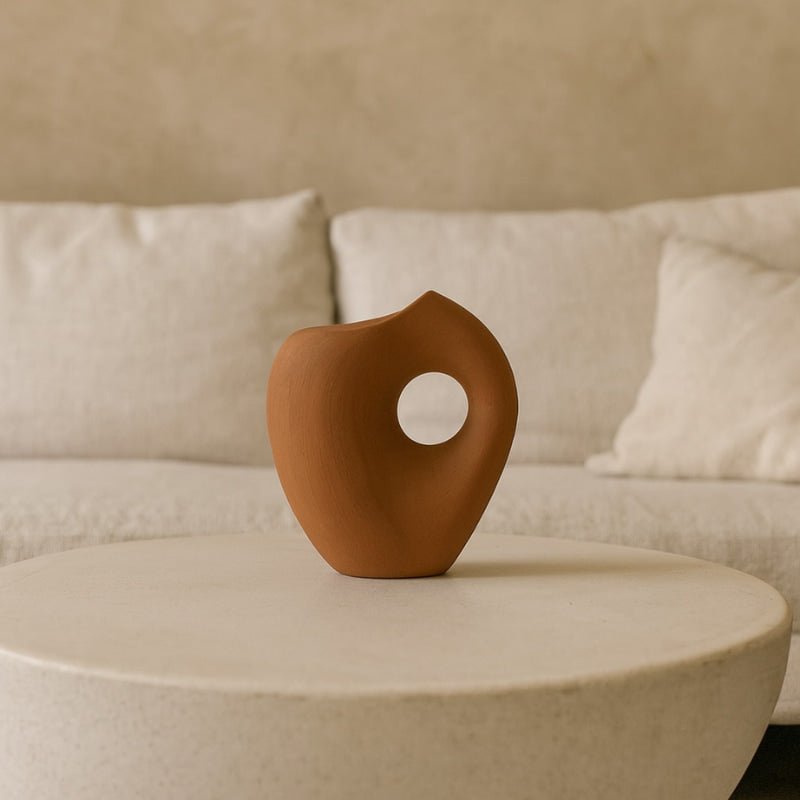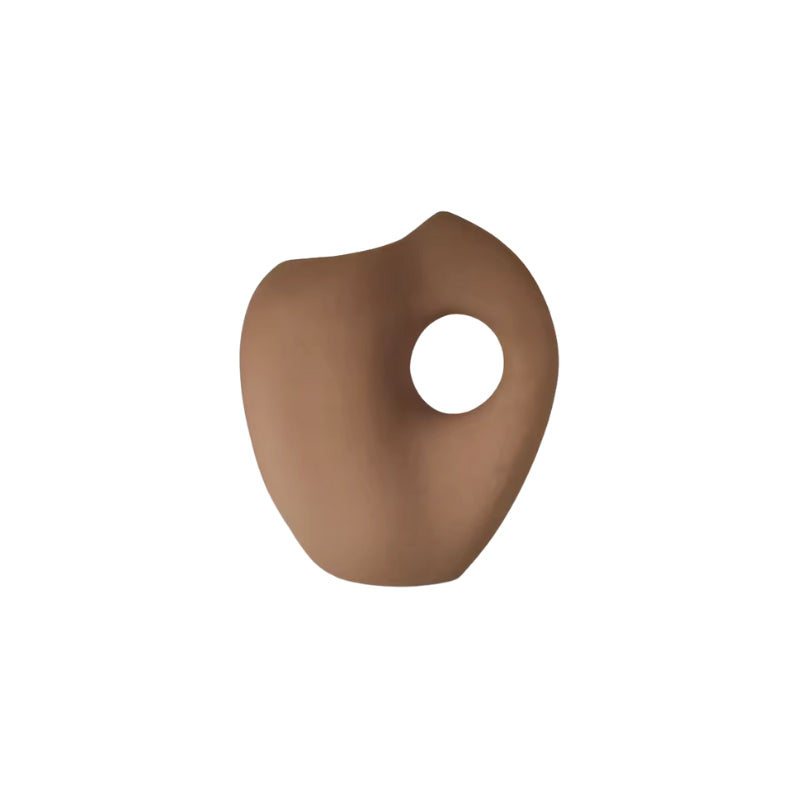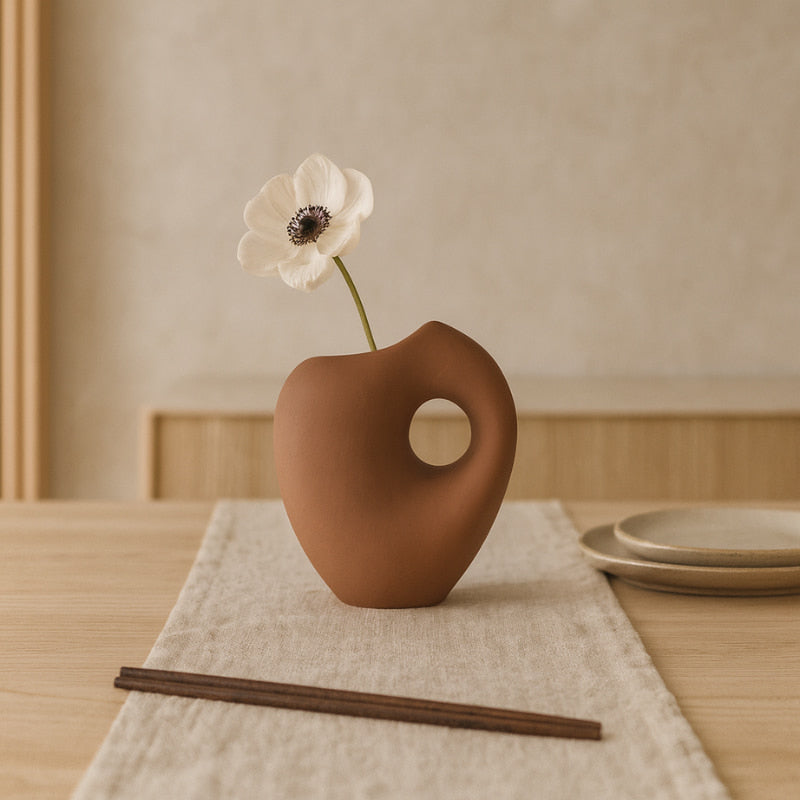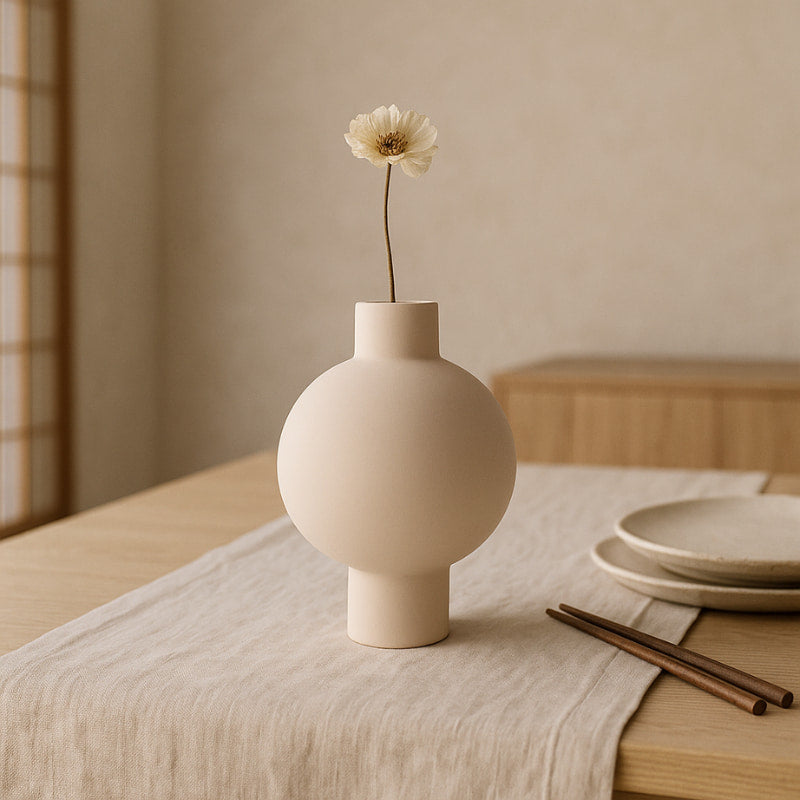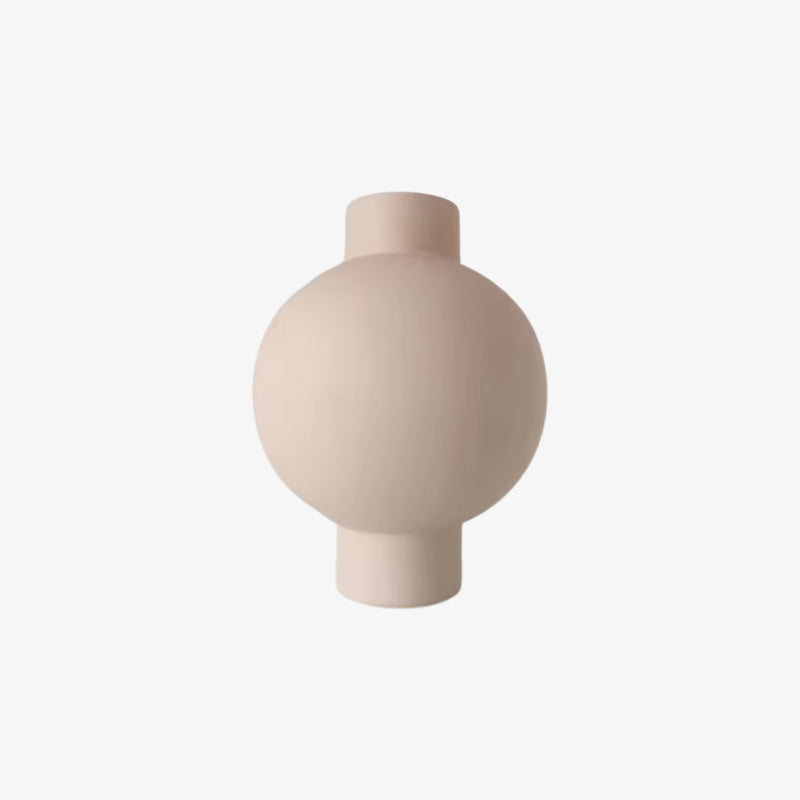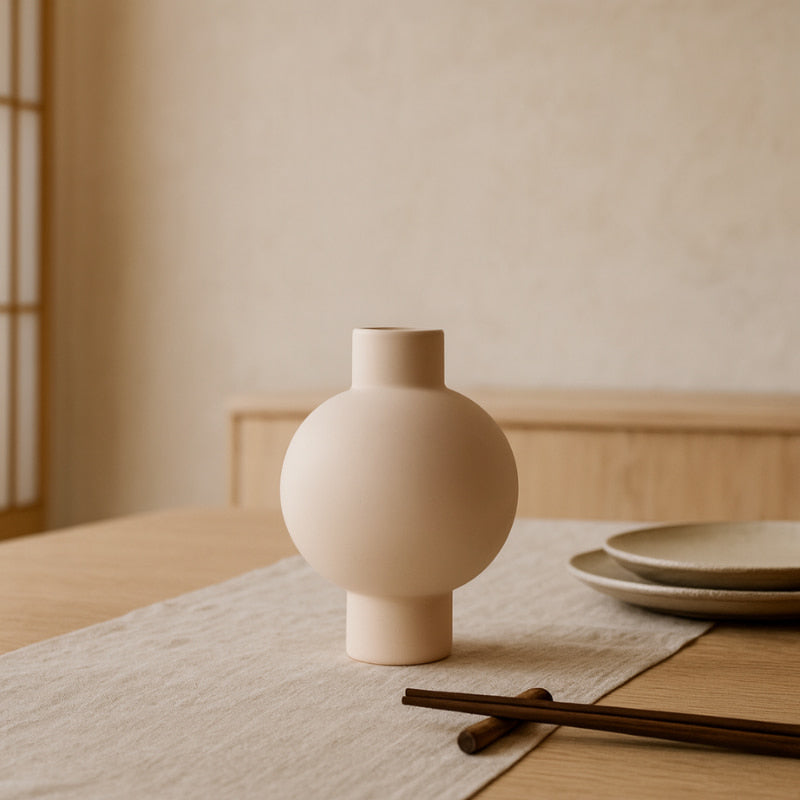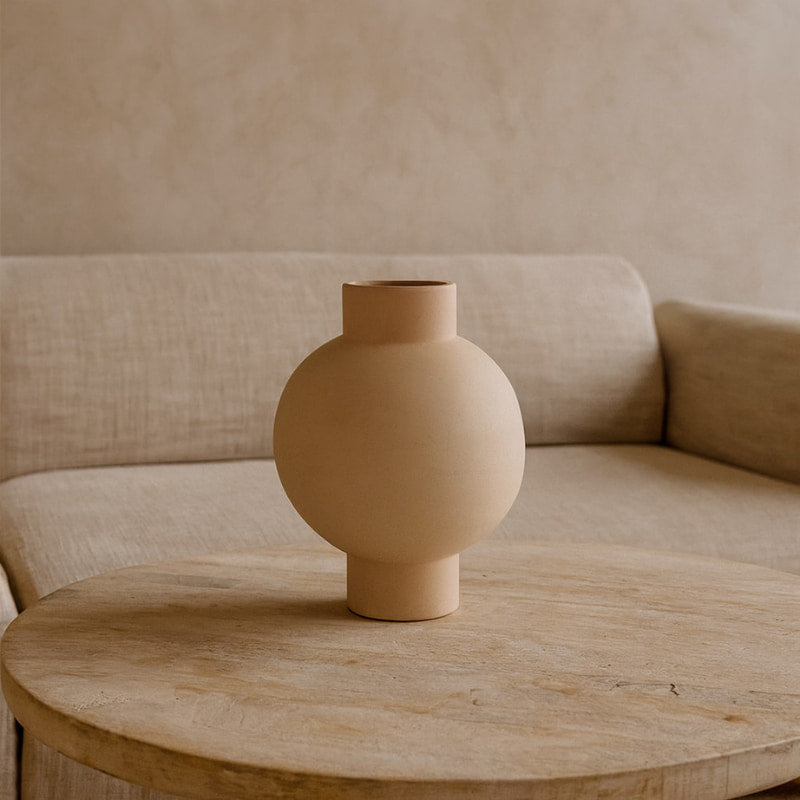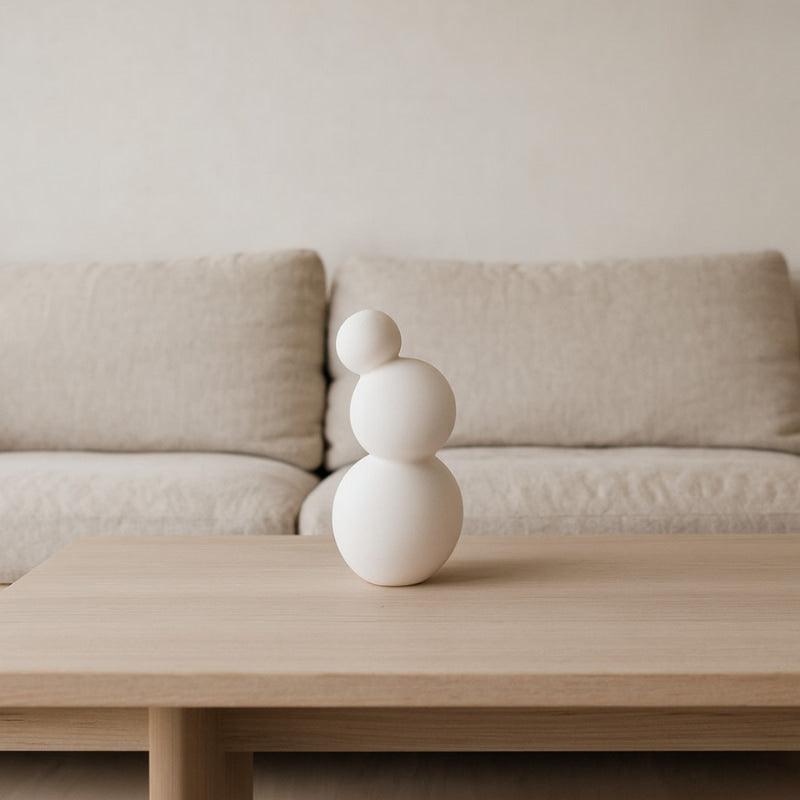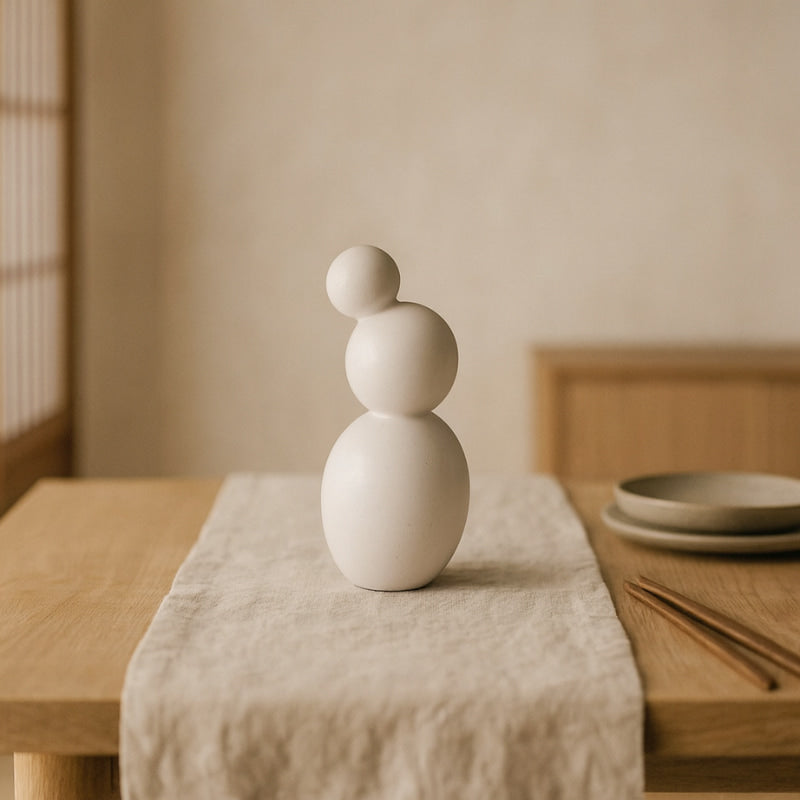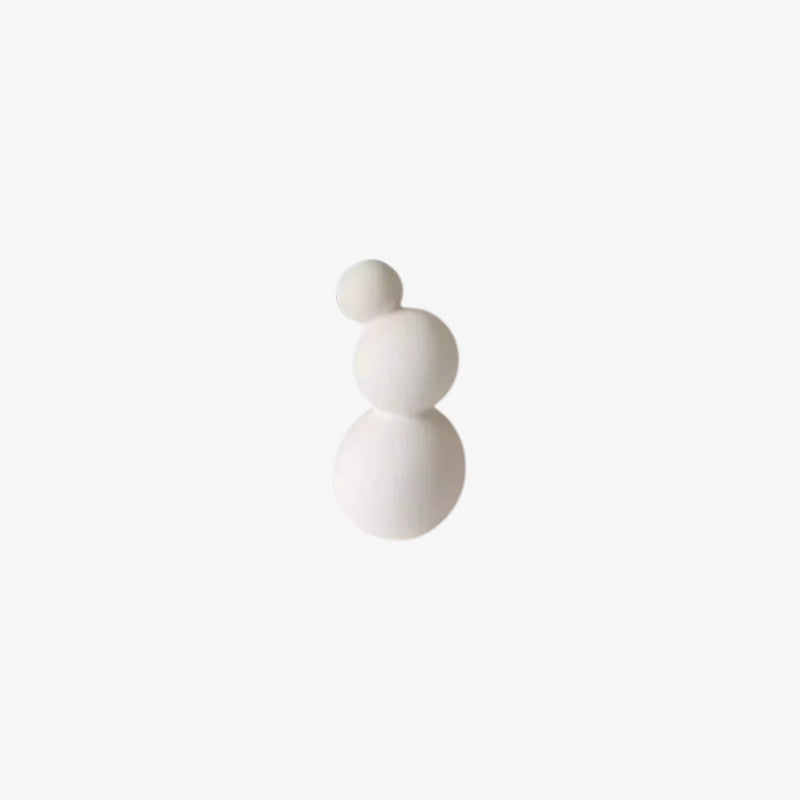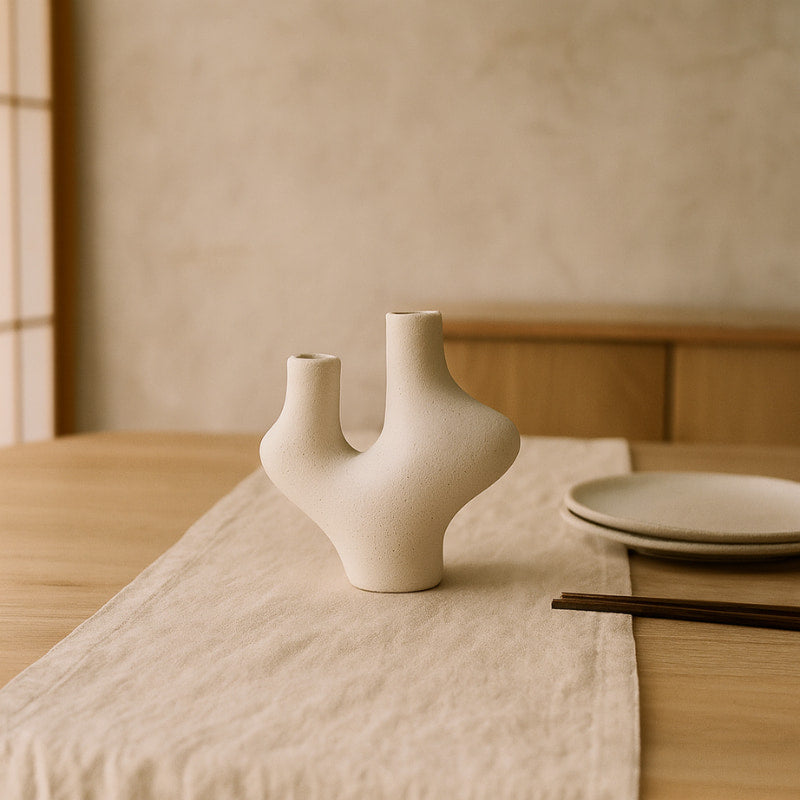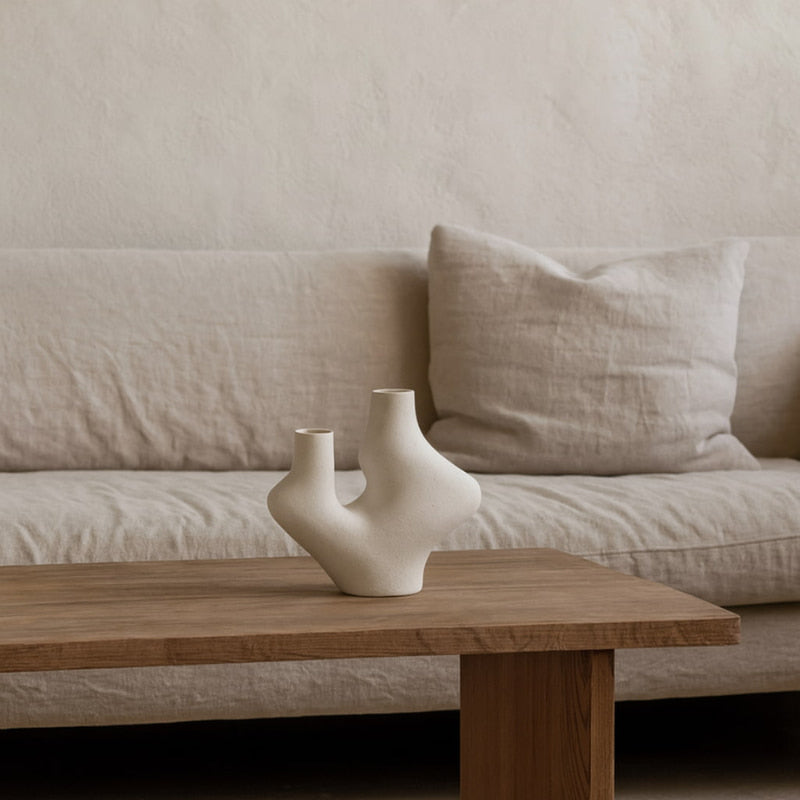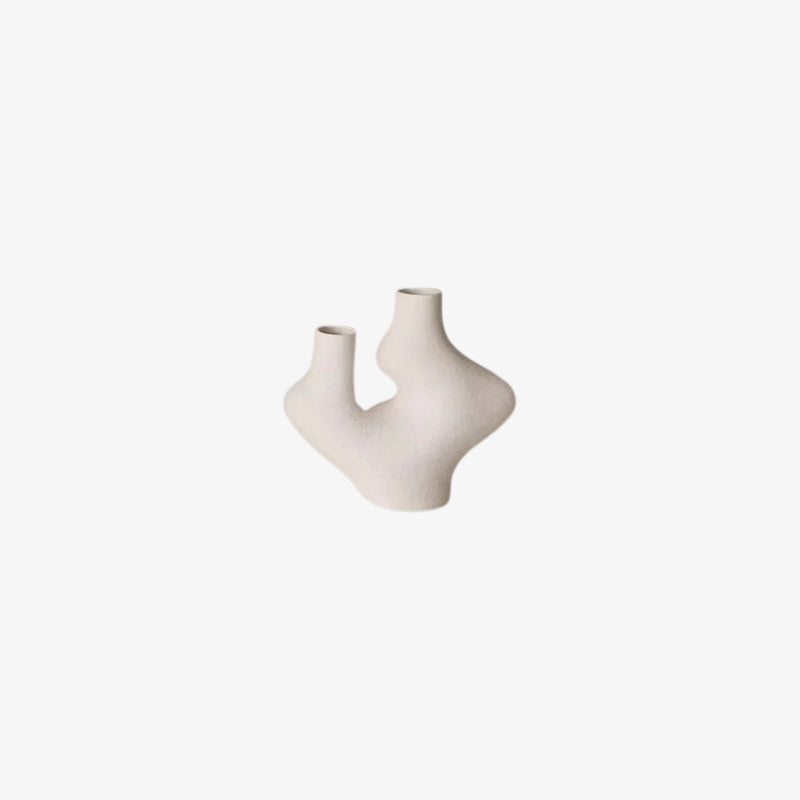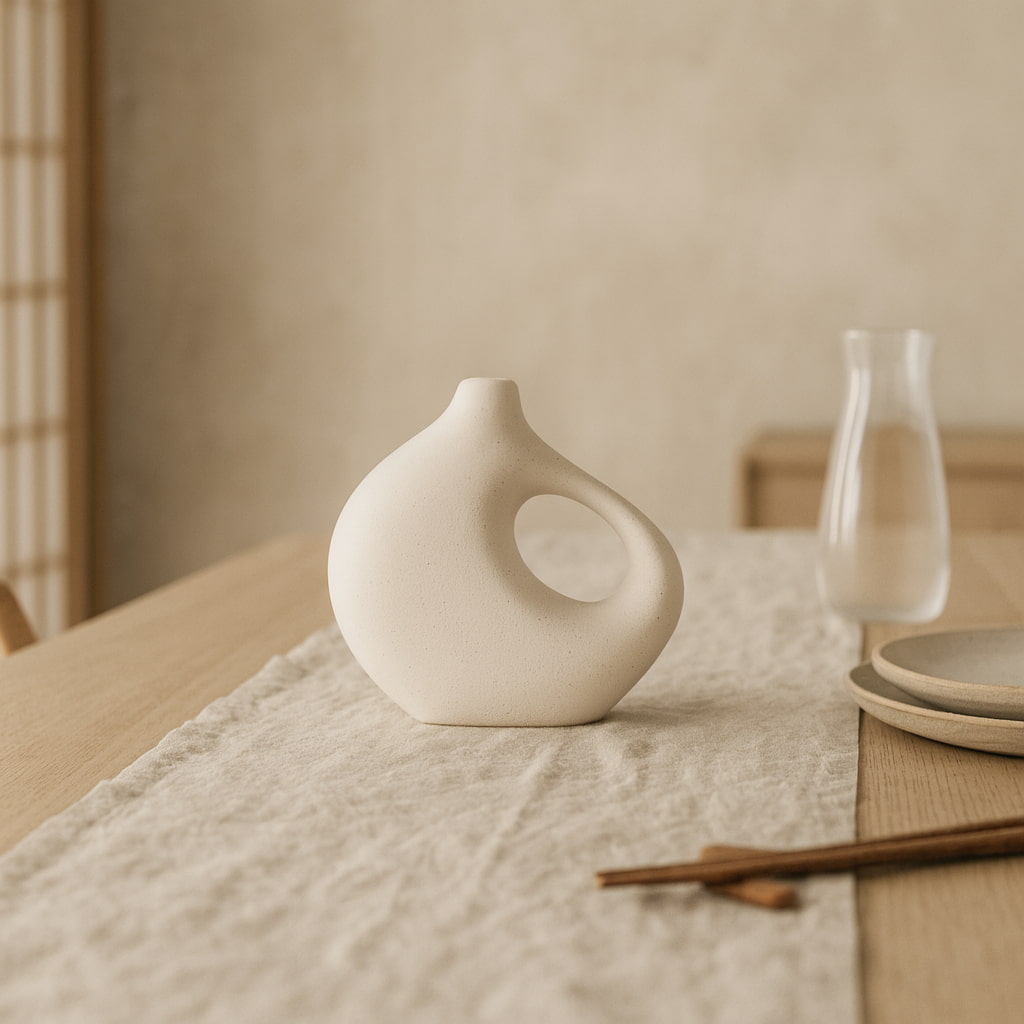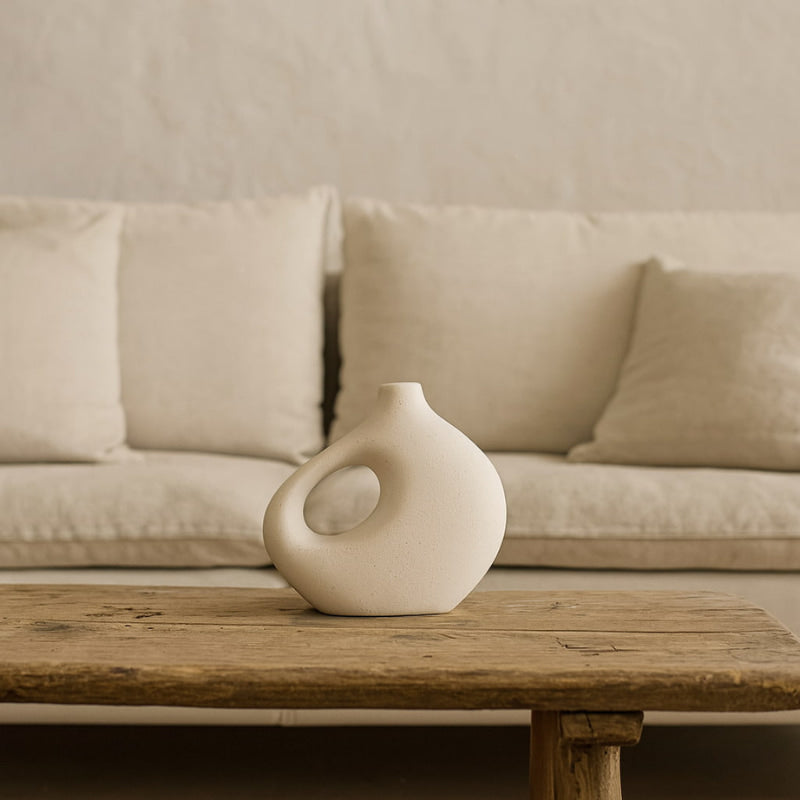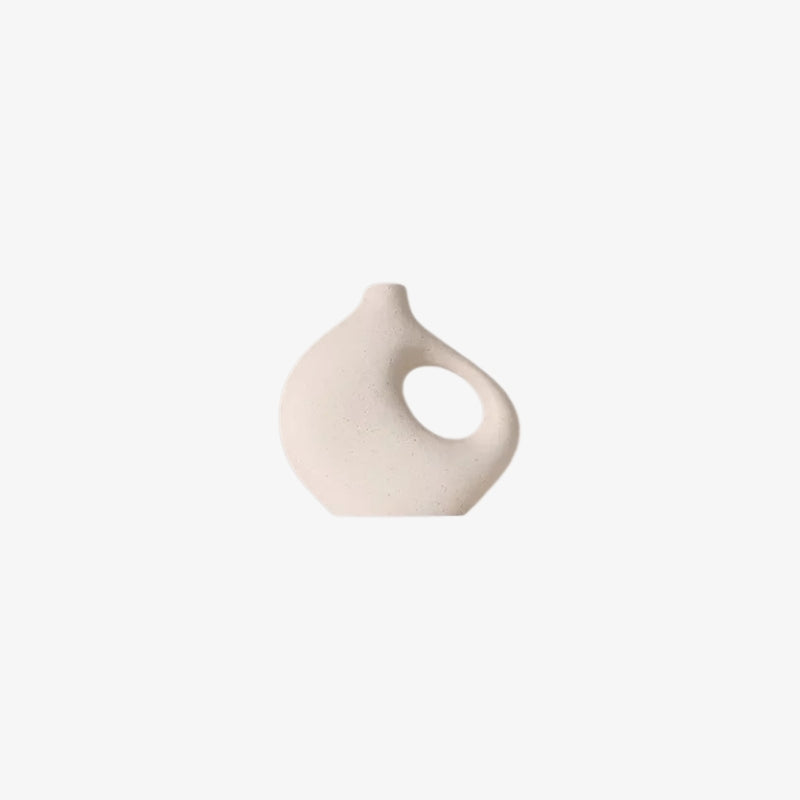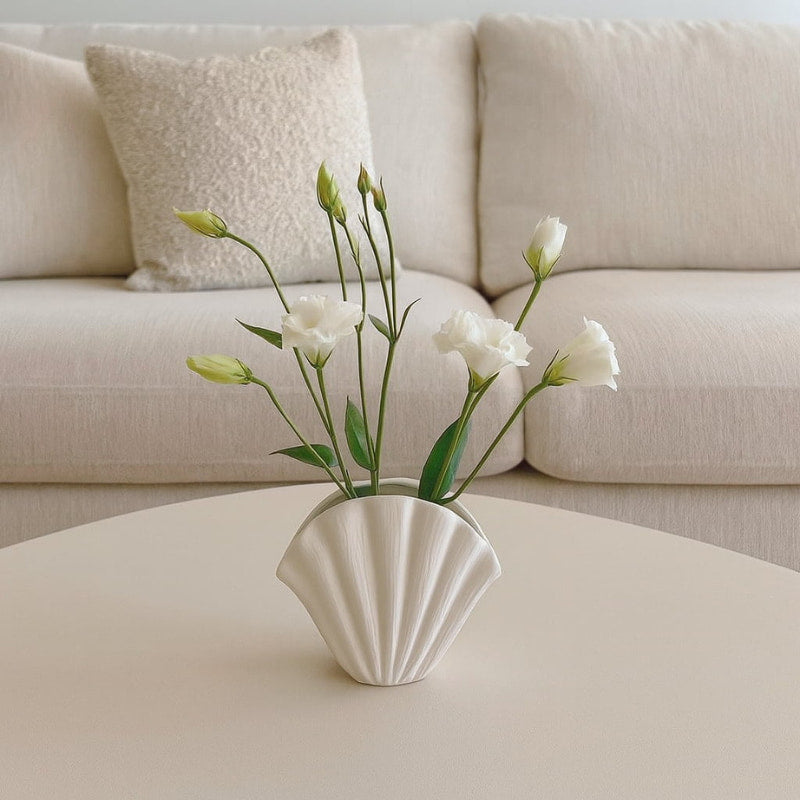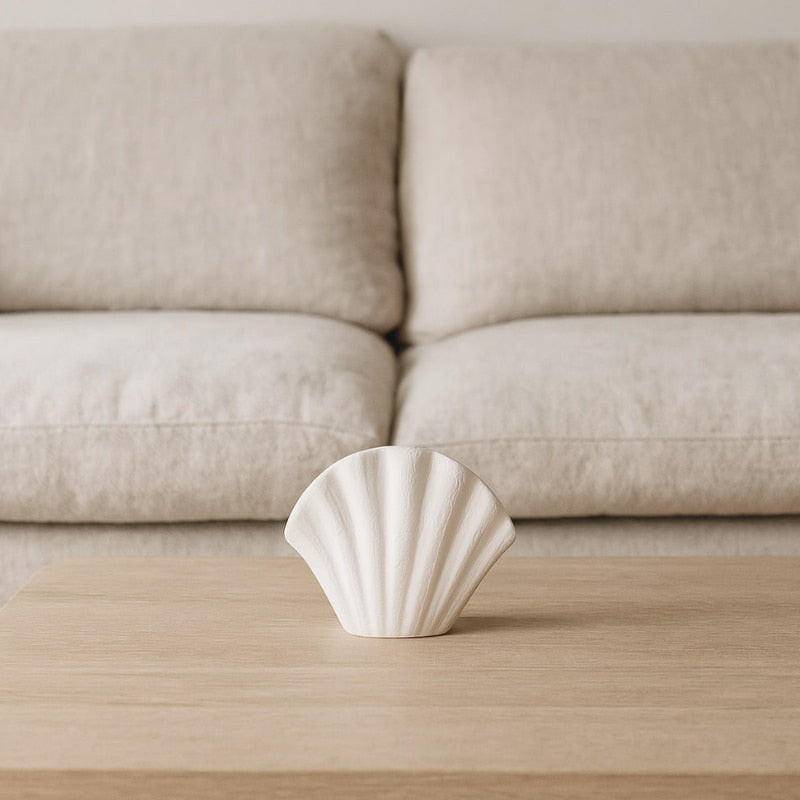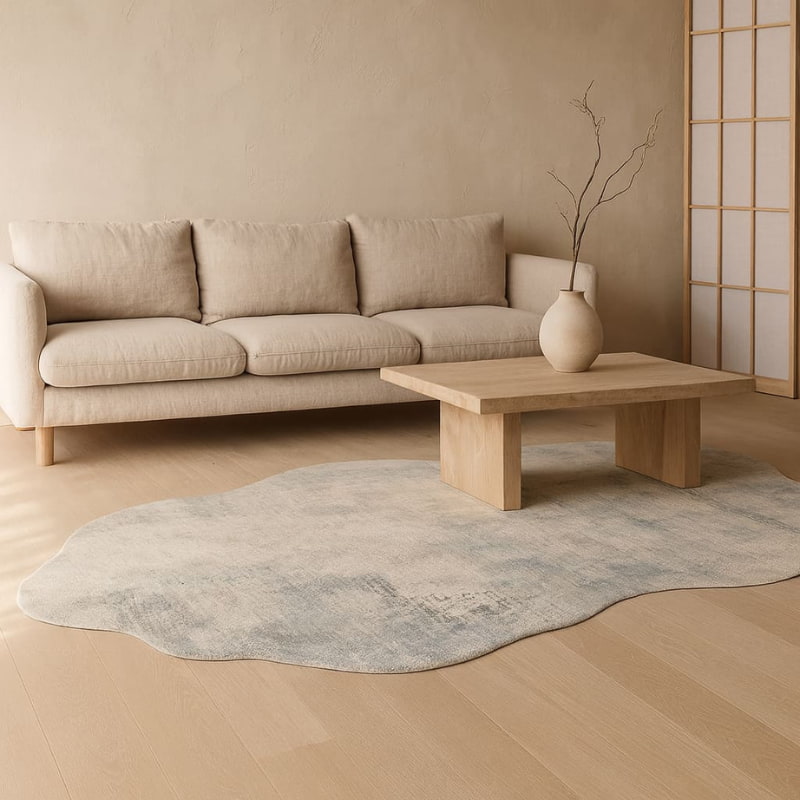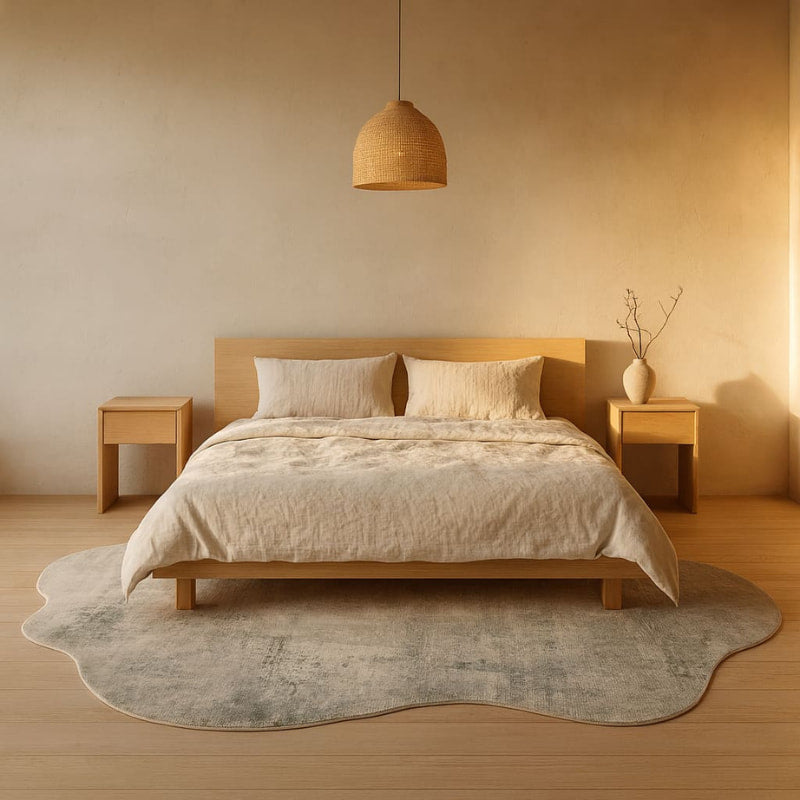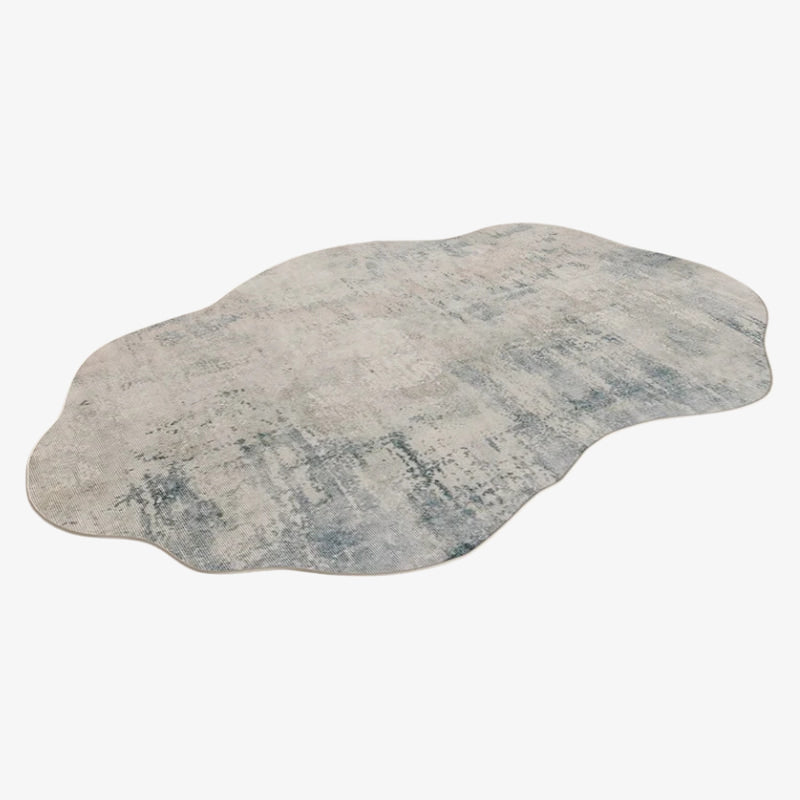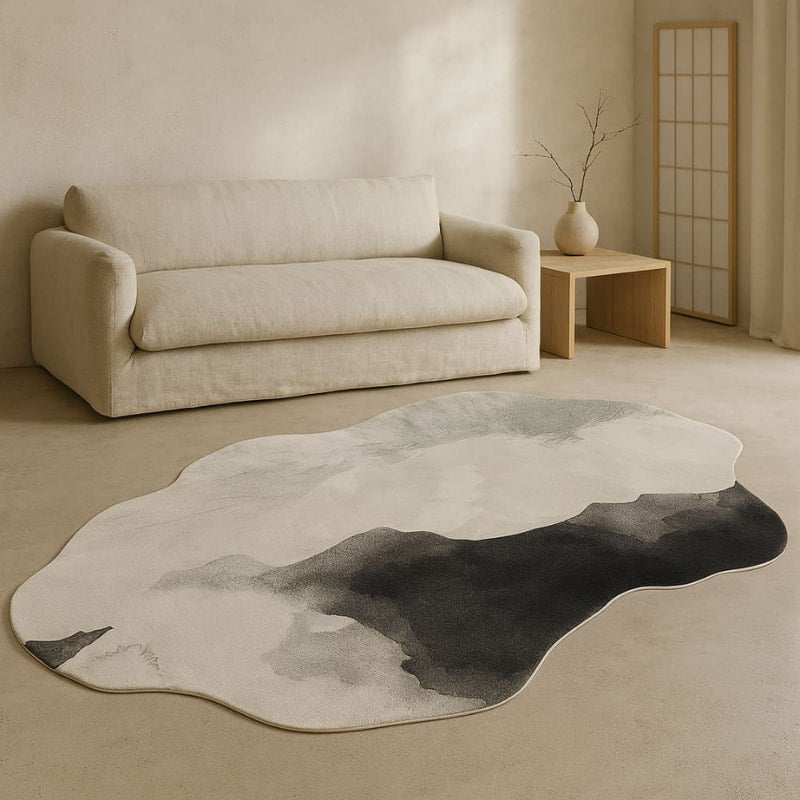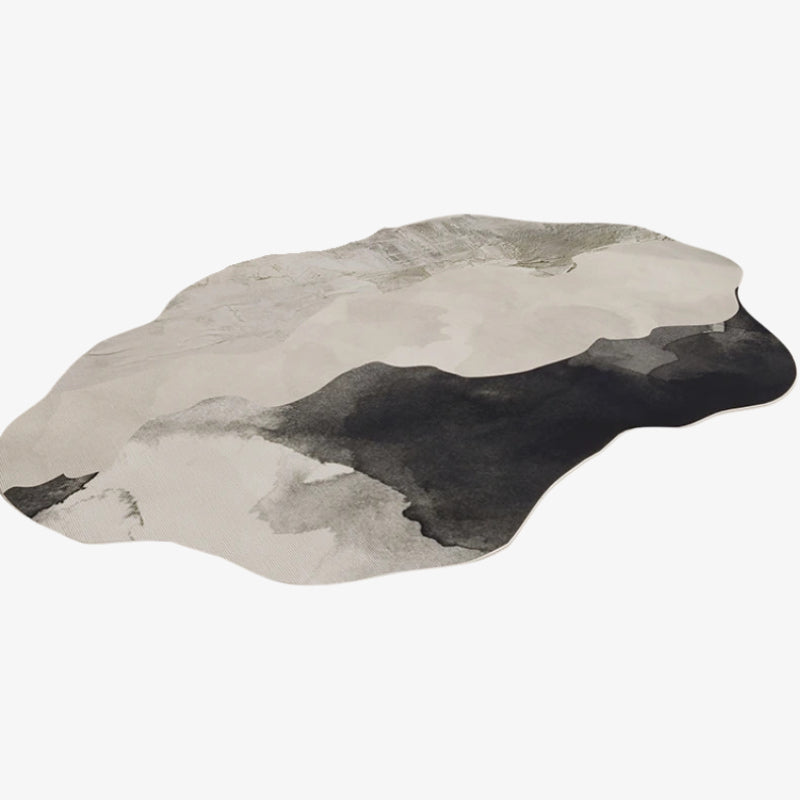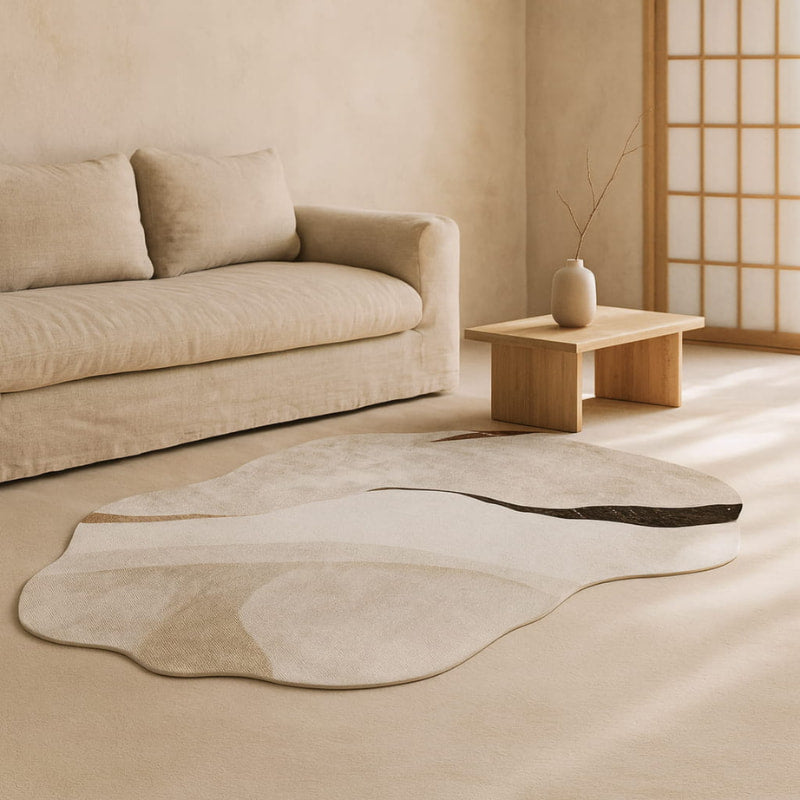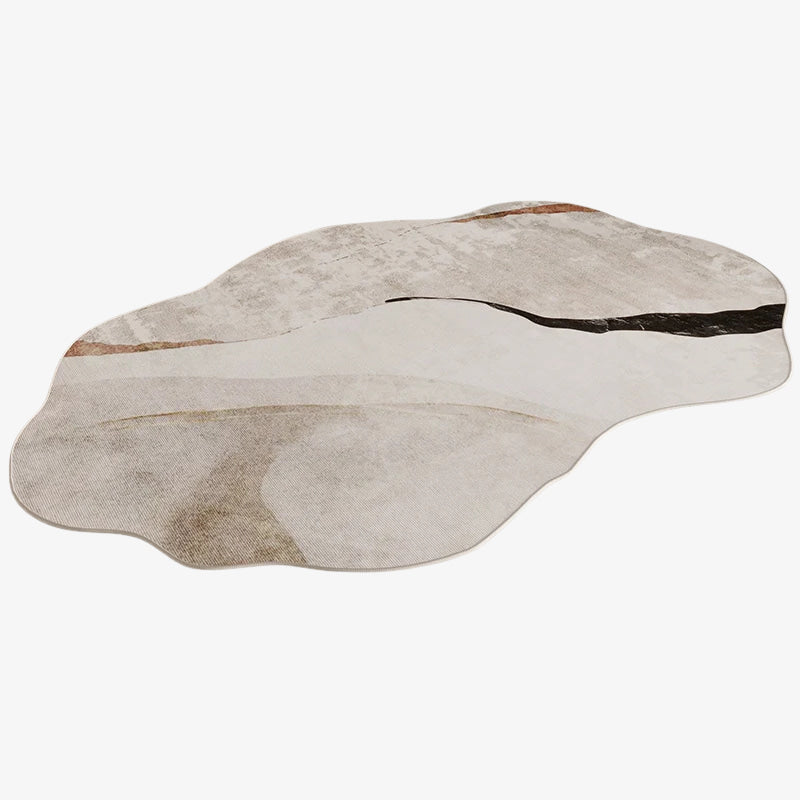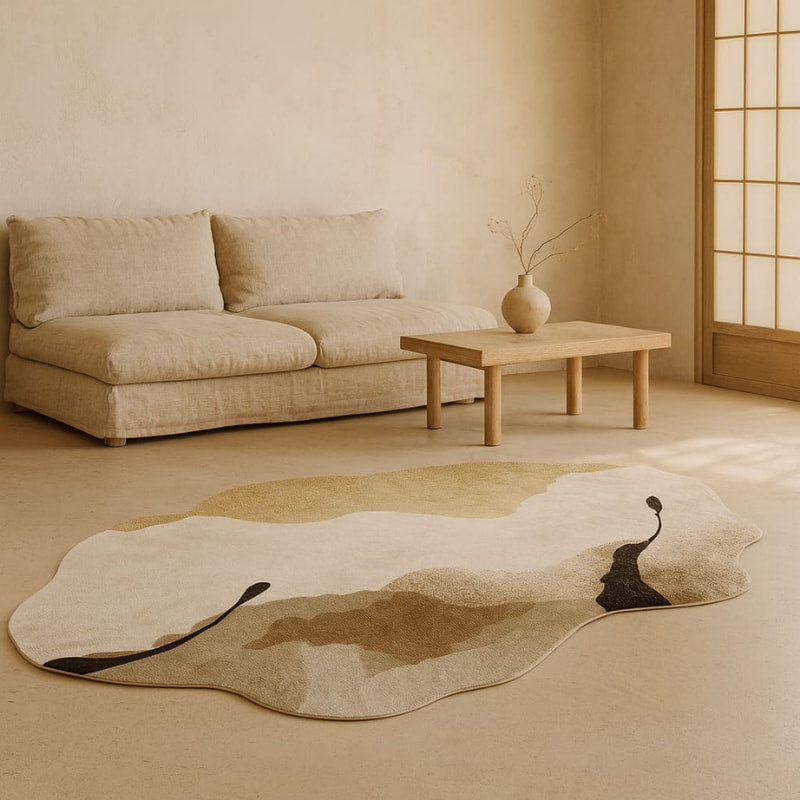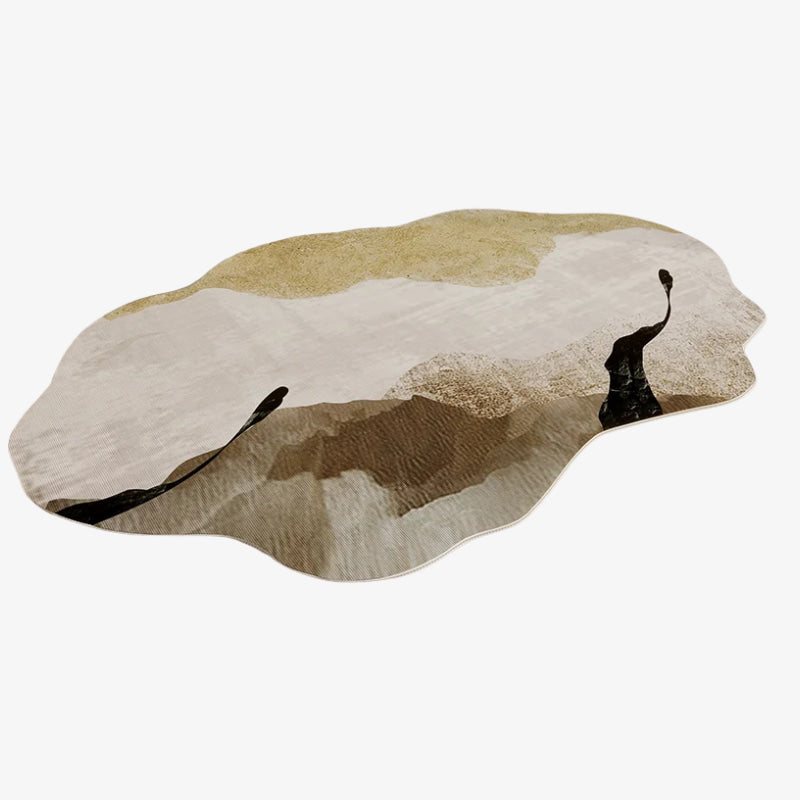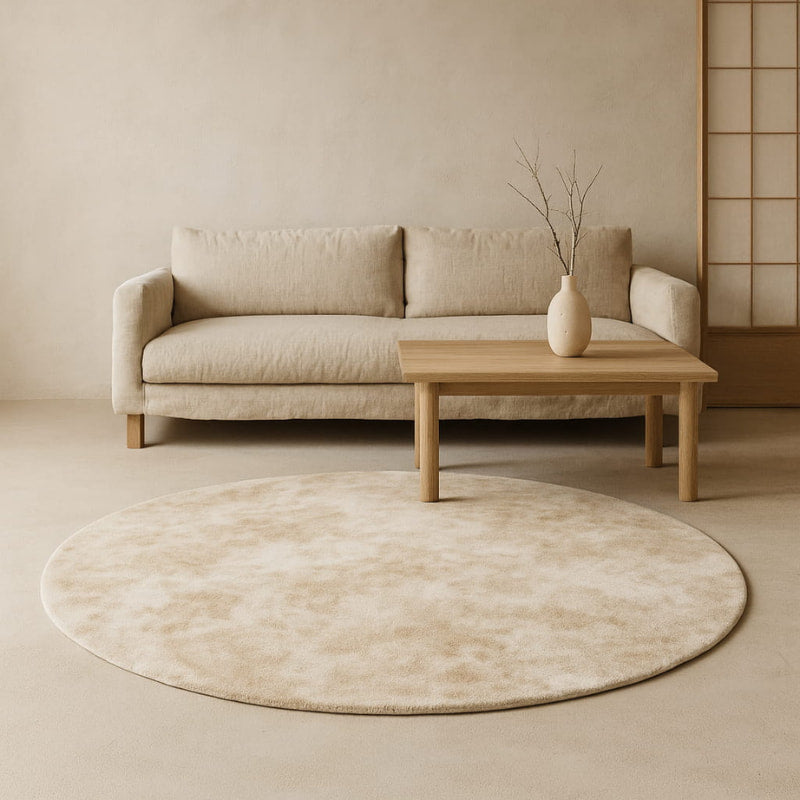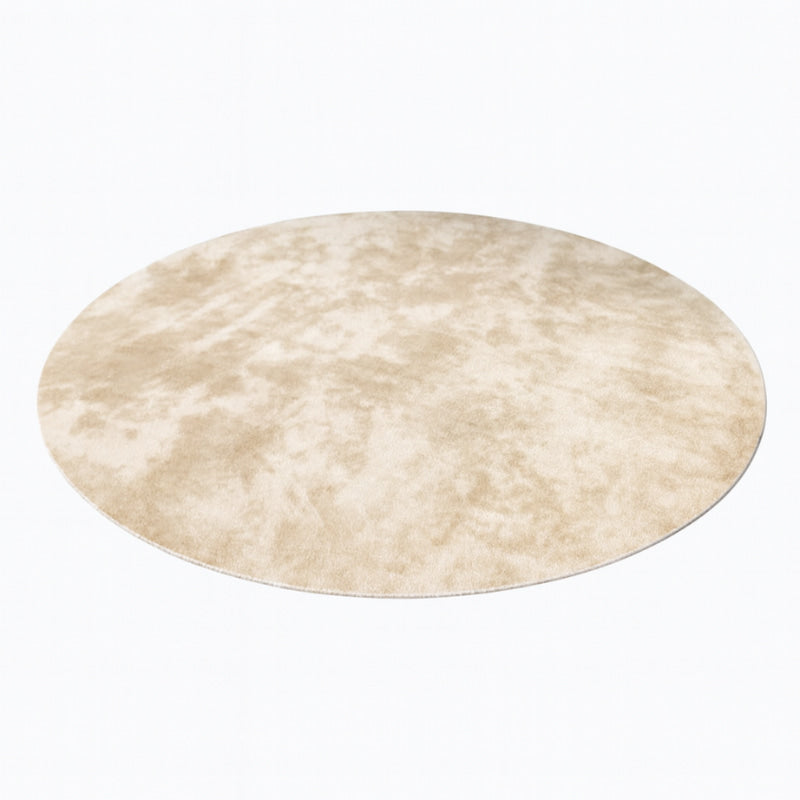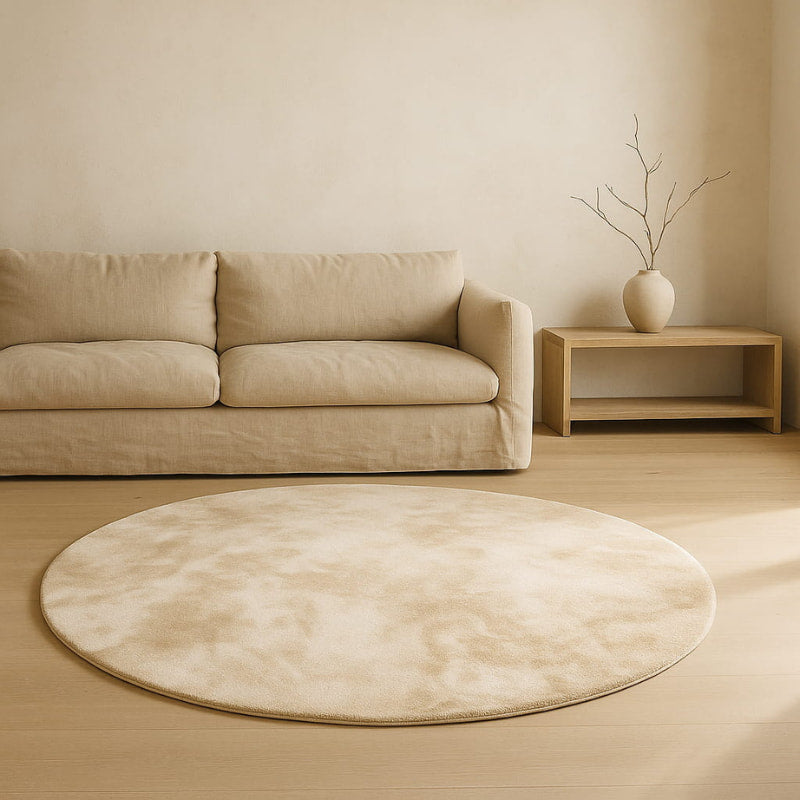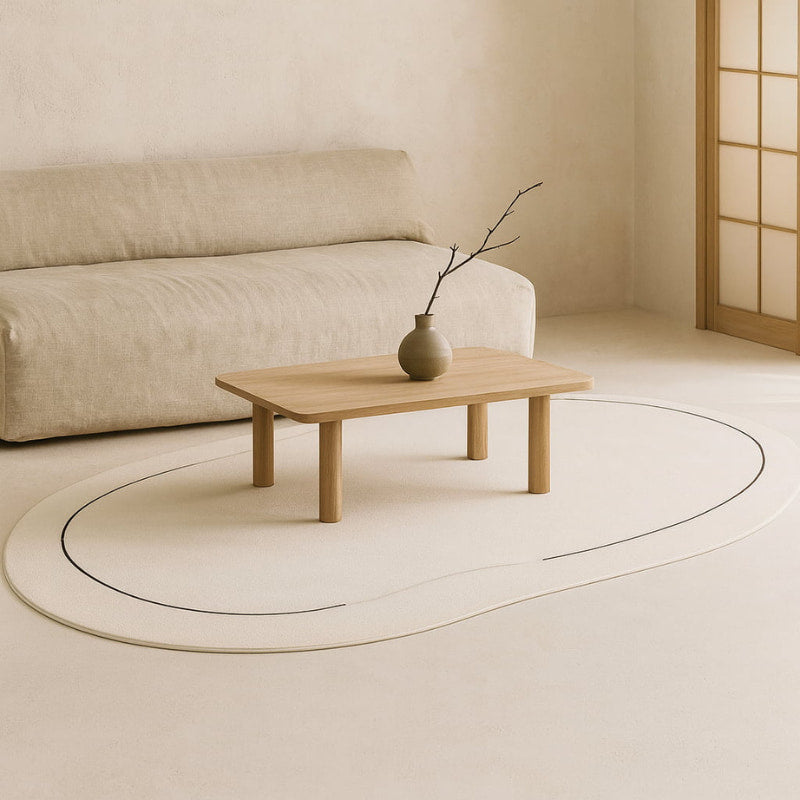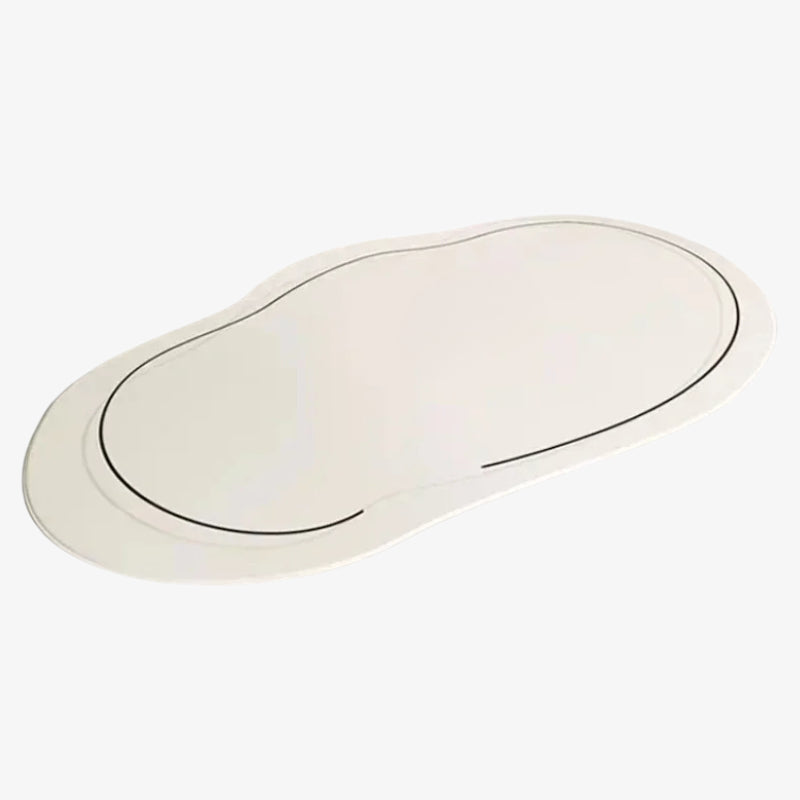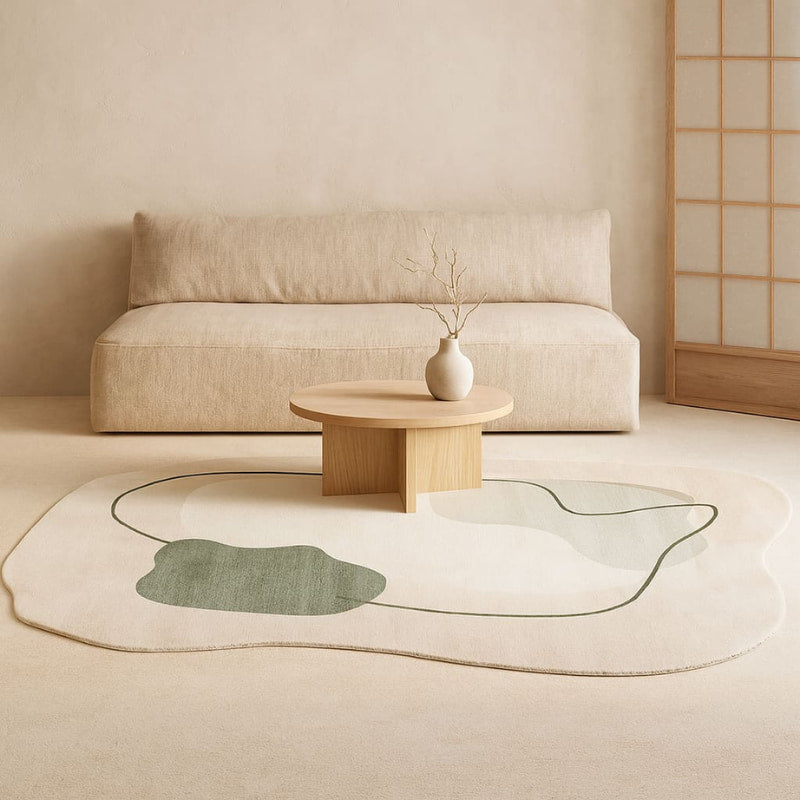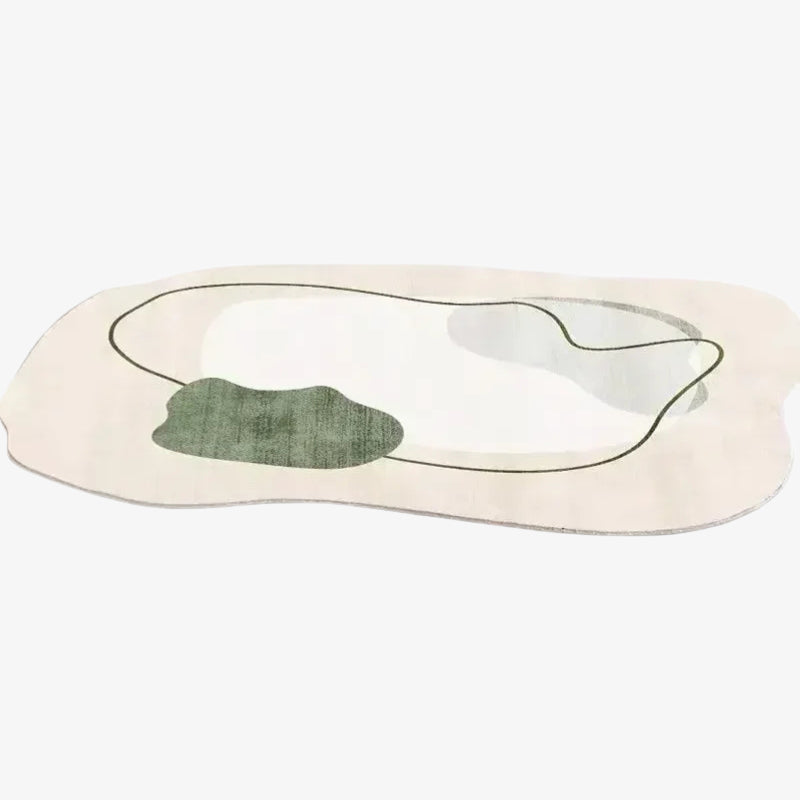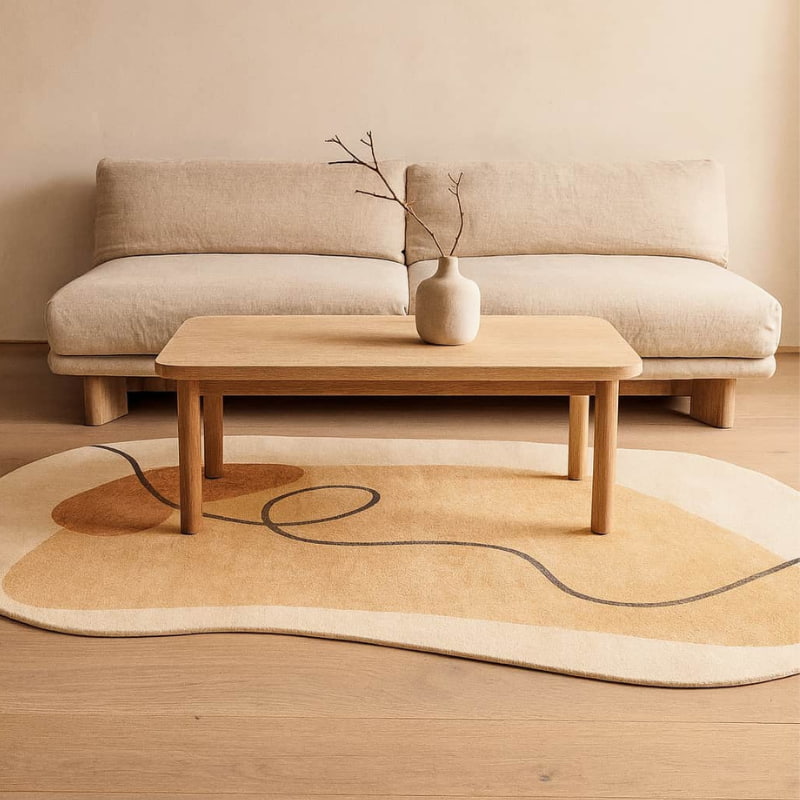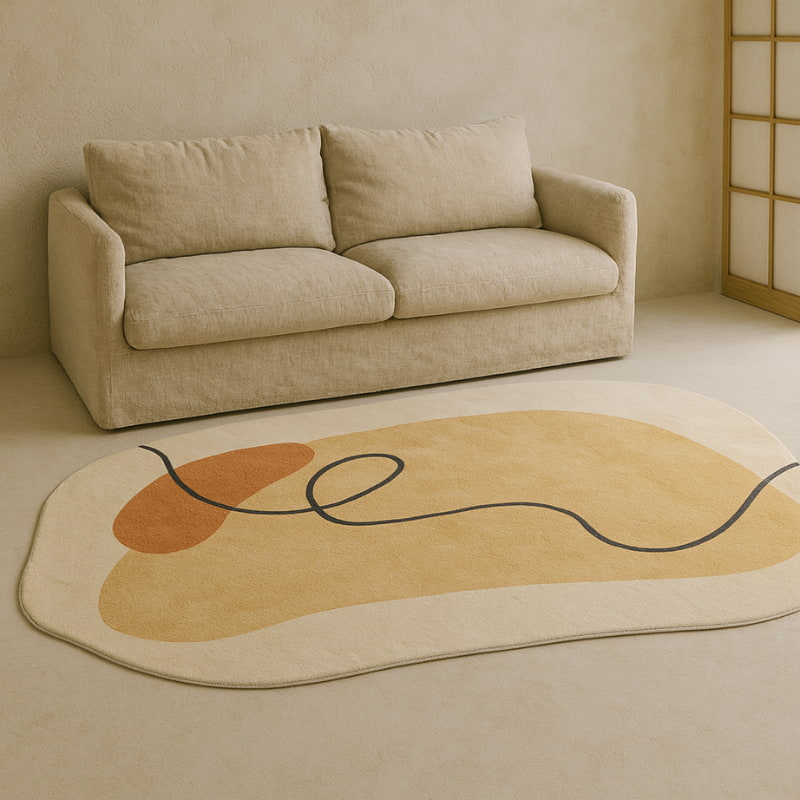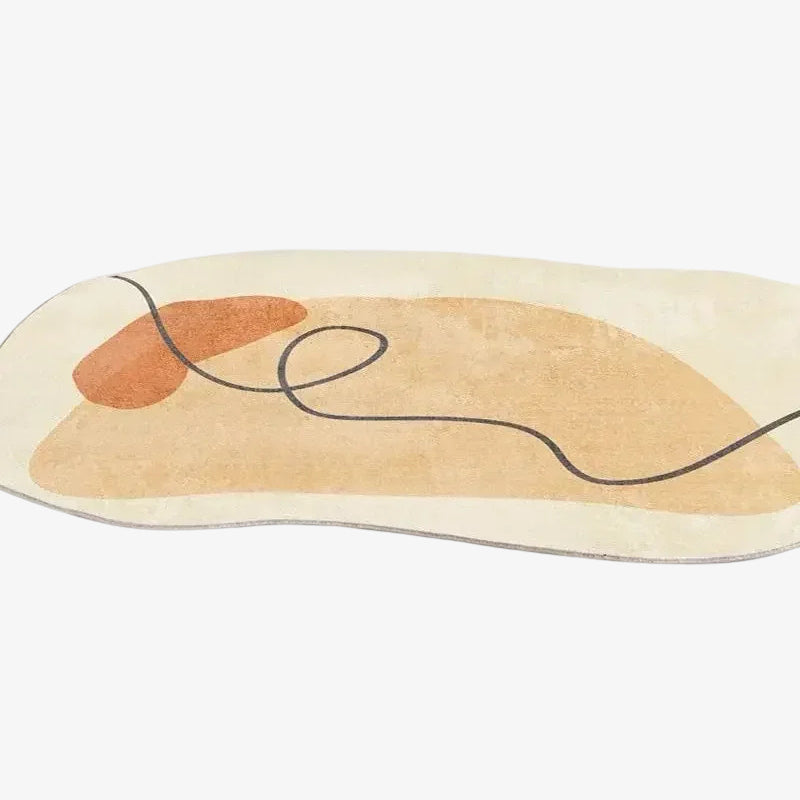Read more
Wabi Sabi Decor features and benefits
Begin with clarity and let light guide the layout. Clear surfaces, align major shapes, and give each piece the negative space it needs to breathe. Grain, weave, and stone tell a quiet story while movement through the room stays effortless. This approach reduces visual noise and supports focus during the day and ease at night, because the plan respects how people actually live and rest.
Shape balance through proportion. Low silhouettes open air above a setting and relax the eye. Wide tabletops steady the composition, while slender legs keep the floor visible for an uncluttered read. Finishes stay low-sheen so texture leads instead of glare. When the main seat matters most, evenings benefit from a comfortable anchor where conversation and reading feel natural around a welcoming Wabi Sabi sofa placed with generous breathing room.
Let nature inform the palette. Draw from sand, clay, warm white, and muted charcoal. Repeat tones across rooms rather than scattering color blocks. Small shifts in shade bring depth without breaking calm. A clay vessel on a timber shelf reads as a focal point when it sits inside generous negative space, while a woven rug underfoot anchors the setting and keeps the scene coherent through busy weeks.
Layer illumination with intention. Ambient light sets the base for movement, task light supports reading or prep, and accent light traces texture on walls and shelves. Warm color temperatures soothe at dusk, diffusers soften glare, and shaded forms lower eye strain. The result supports both routine and mood, especially when the plan adds gentle pools of brightness with thoughtful Wabi Sabi lighting arranged at human height.
Invite organic tactility. Linen creases after use and still reads elegant. Wood warms where hands rest. Clay edges soften over time. These details create a sense of ease that enriches mornings and quiet evenings. Imperfection becomes character, and the home grows more expressive season by season without ever feeling staged or busy.
Honor change as part of beauty. Scratches and softened corners mark a life well-lived. Surfaces record stories while still serving daily needs. When the eye finds calm, the mind follows, and rooms shift from showpieces to places that support meals, rest, and conversation in a steady, humane rhythm.
Wabi Sabi Decor buying guide
Anchor the seating plan first. Map the main rectangle of the room and test the path from entry to windows. Set the primary lounge piece where circulation stays clear and sightlines remain open. Keep the back far enough from the wall to let air move behind it, then center the rug to the front legs for a composed read. In tight layouts, proportions stay airy with a low-profile Wabi Sabi couch that supports long evenings without crowding the floor.
Tune proportions before finishes. Sit down, lean back, and check the angle between seat and back. Rest arms where they naturally land and watch for pressure points. If a silhouette looks beautiful but strains the body after ten minutes, keep searching. Rooms that age well support real bodies and real routines instead of staging for a photograph.
Choose a central surface that serves daily life. Rounded corners improve circulation and invite touch, while a stable top with visible grain handles tea trays, books, and shared meals. Leave part of the surface open so the table works on busy days and slow mornings alike; a clay bowl or branch can mark the moment on a simple Wabi Sabi coffee table that balances structure and ease in the center of the scene.
Add secondary seating with purpose. Angle two chairs slightly toward each other to encourage talk and keep pathways clear on all sides of the group. Profiles stay low, edges read soft, and finishes avoid harsh gloss. A corner that struggles to feel useful turns into a daily refuge with a lamp, a side surface, and a supportive Wabi Sabi chair that invites a few pages at midday or a pause before bed.
Protect white space with considered storage. Use closed units for messy items and open shelves for a few meaningful pieces. Repeat one or two materials to build rhythm rather than multiplying finishes. A long cabinet anchors a wall and keeps dinnerware, textiles, or records within reach, while the area above holds art, a seasonal branch, or gentle light to complete the composition.
Sequence light for function and calm. Keep pendants low over tables to bring intimacy to meals. Place a table lamp at eye level for reading and a floor lamp behind the main seat to bounce light off the wall. Dimmers help slide from focus to rest without abrupt jumps in brightness, and warm ranges suit night routines, especially when the scene already benefits from layered Wabi Sabi lighting that respects how eyes and bodies wind down.
Define bedroom essentials with restraint. Keep the bed low and the headboard quiet. Night storage stays helpful and modest. Choose a compact unit with a shallow drawer and rounded corners to prevent visual heaviness, then leave open space on top for a lamp and a book so nightly rituals stay easy around a measured Wabi Sabi bedside table that supports rest instead of demanding attention.
Complete comfort with measured softness. Work tone-on-tone rather than high contrast. A knit throw and a smooth linen cover add depth without busy pattern. When the main seat feels a bit firm, a small cushion can help posture without clutter; two well-chosen Wabi Sabi throw pillows soften edges and cue the season while the foundation remains steady.
Wabi Sabi Decor use and care tips
Care for wood with simple routines. Dust weekly with a soft cloth and wipe spills as they happen. Lift objects instead of sliding them, then address rings early with a method suited to the finish. Gentle maintenance keeps grain lively and surfaces even, so favorite pieces hold their calm presence through heavy use and quiet weekends alike.
Keep textiles fresh with steady habits. Rotate cushions to even out wear, wash removable covers on gentle cycles, and air dry when possible. Sunlight brightens fabric yet can fade dye, so shift positions seasonally. Restore loft by fluffing seats, particularly on the primary lounge where comfort matters most around a well-chosen Wabi Sabi sofa that welcomes long, unhurried evenings.
Protect stone and ceramic with small safeguards. Use coasters for hot cups, set a tray under oil bottles, and wipe with a damp cloth before letting pieces air dry. These steps preserve the quiet sheen that helps natural surfaces feel at home in a minimal setting, and they keep maintenance low without sacrificing the tactile charm that drew you to the material.
Treat lighting as part of daily care. Dust shades with a soft brush, keep bulbs within warm ranges for evening, and check cords for an easy drape that does not distract the eye. Replace harsh beams with diffused options so the room stays gentle at night and productive during the day; this steady rhythm supports routines already shaped by layered Wabi Sabi lighting at practical heights.
Style surfaces with negative space in mind. Place one or two meaningful objects, then leave room for daily use. A small stack of books with a tray for tea keeps the table composed and useful. Shift arrangements with the seasons so the setting stays alive while the palette and major shapes remain consistent around a clear, relaxed Wabi Sabi coffee table plan that never feels crowded.
Hold order at thresholds. Add a bench for shoes, hooks at arm height, and a small bowl for keys. When entries stay tidy, the rest of the home benefits. In living areas, protect pathways by centering the rug under the anchor seat and keeping side tables light enough to move when guests arrive. These micro adjustments cost little and often deliver the biggest lift in comfort.
Refresh without excess. Swap a throw as weather changes, replace a harsh lamp with a shaded one, and move a chair a few inches to open a walkway. If the layout starts to feel busy, clear one surface completely, then reintroduce only what serves a daily need. Over time, the home reads calm, intentional, and ready for real life, which sits at the heart of Wabi Sabi Decor as a living practice rather than a fleeting look.





